Few months ago I have been proposing some glasses for the Traga Italian brand. It’s a fun exploration I had about reinventing the drinkware that will align with their brand.
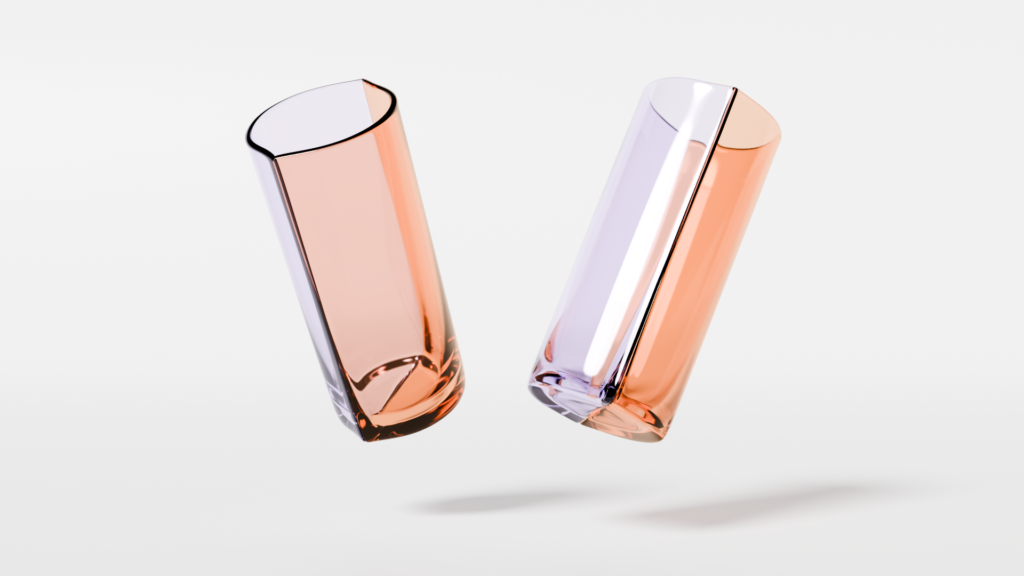
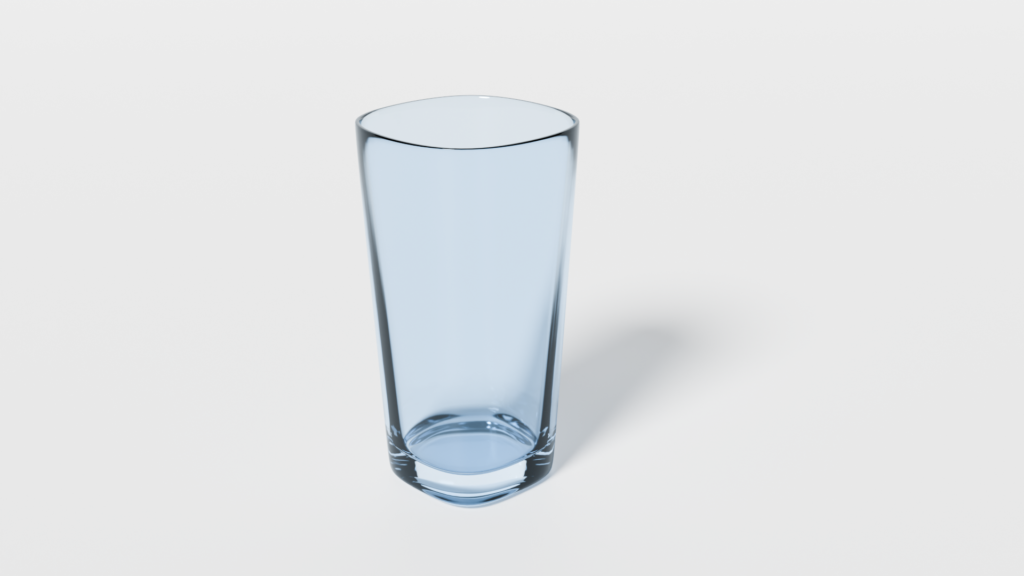

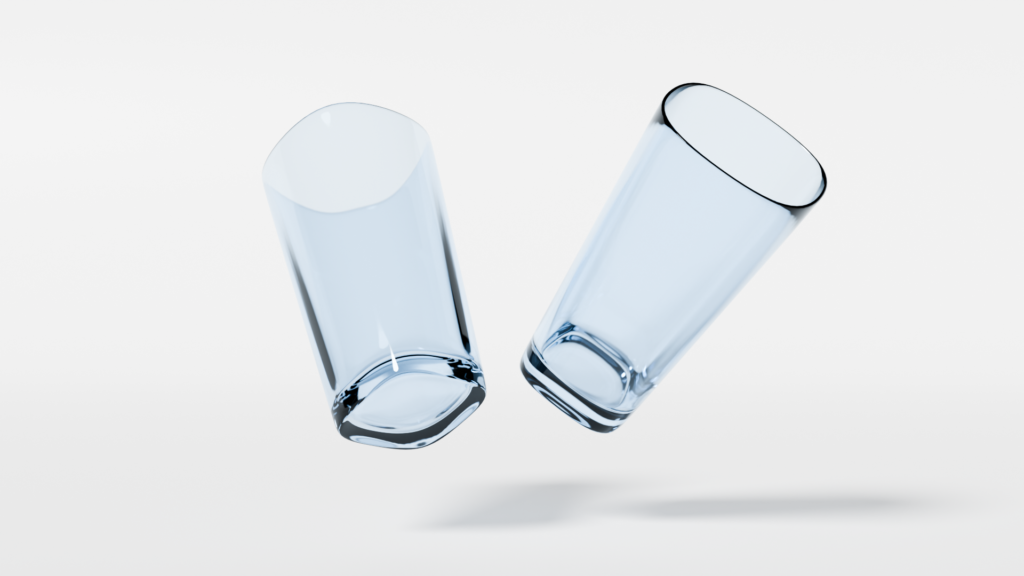

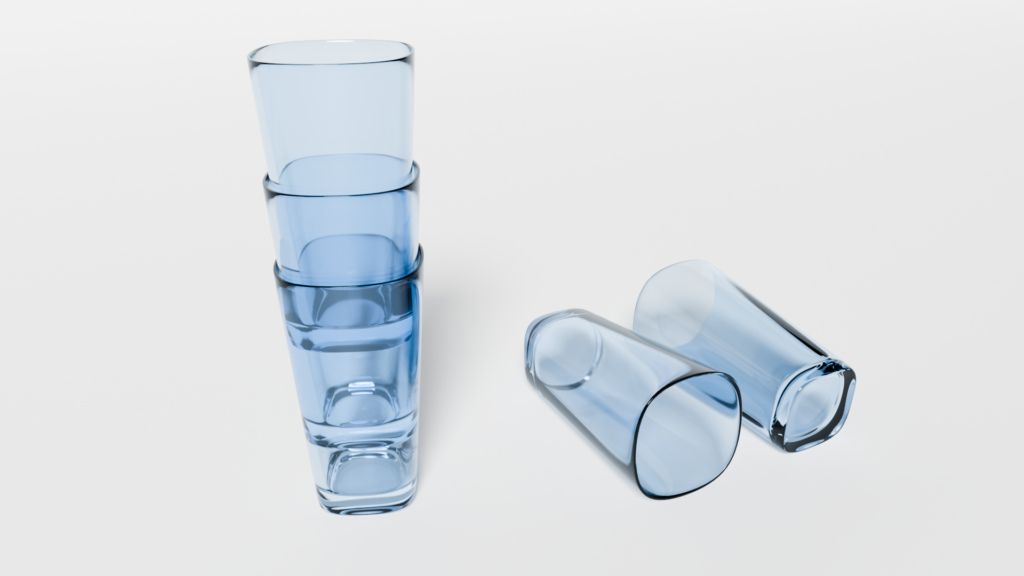
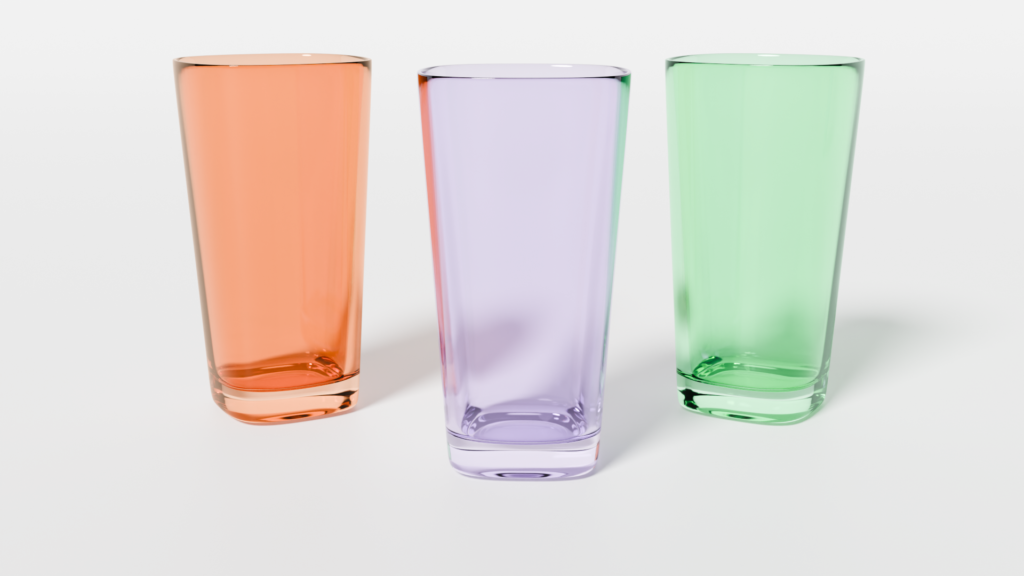
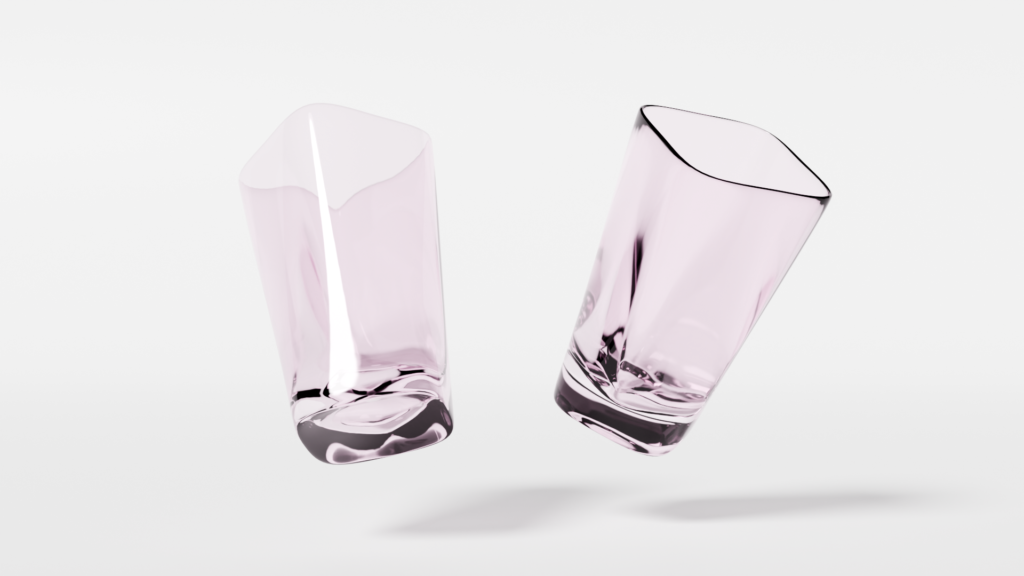

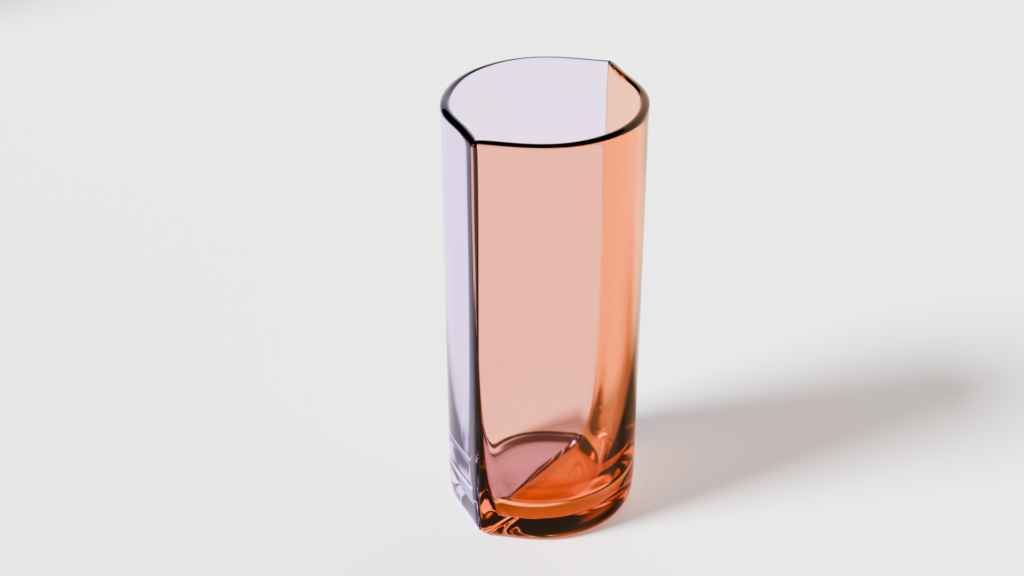
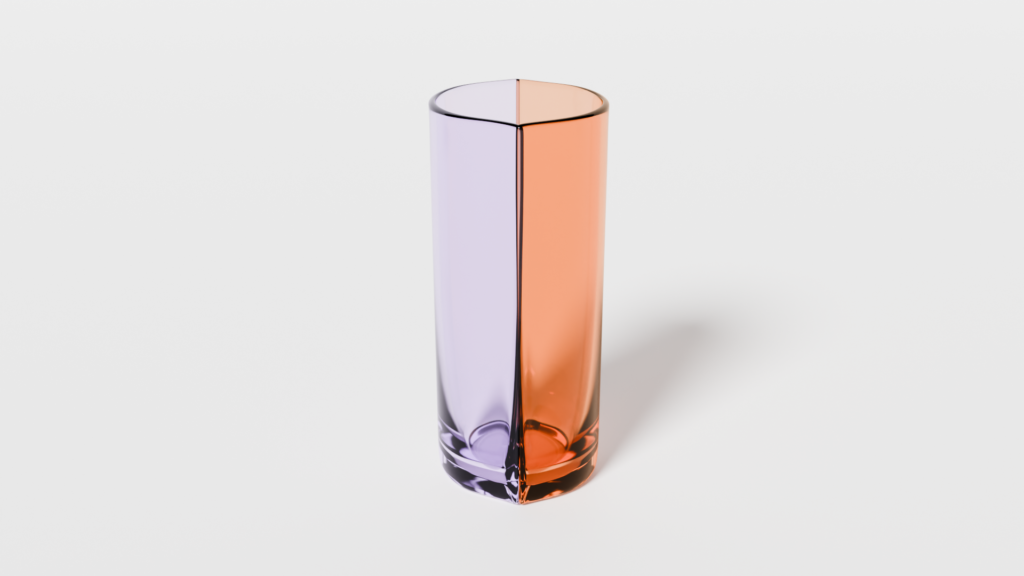
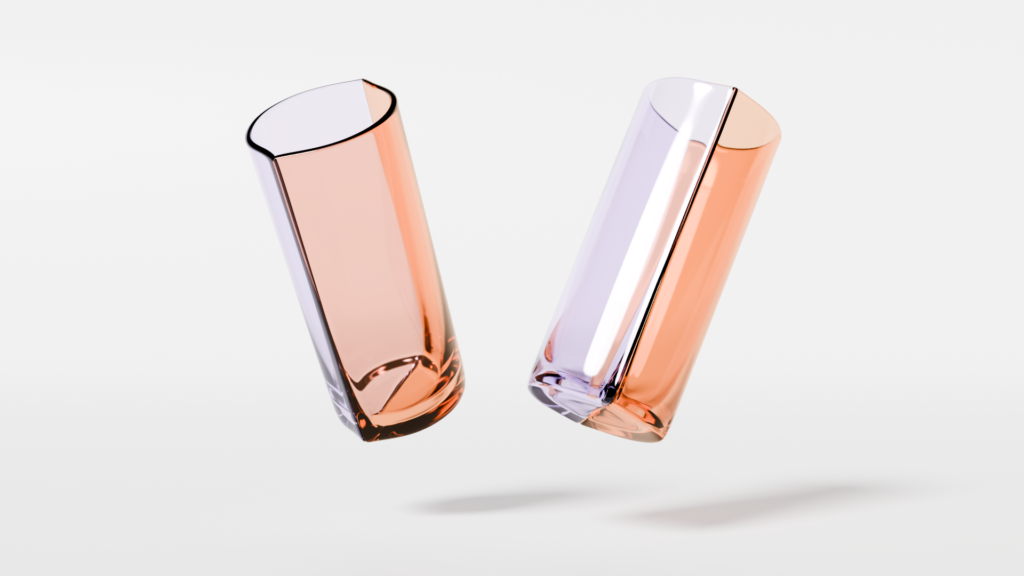
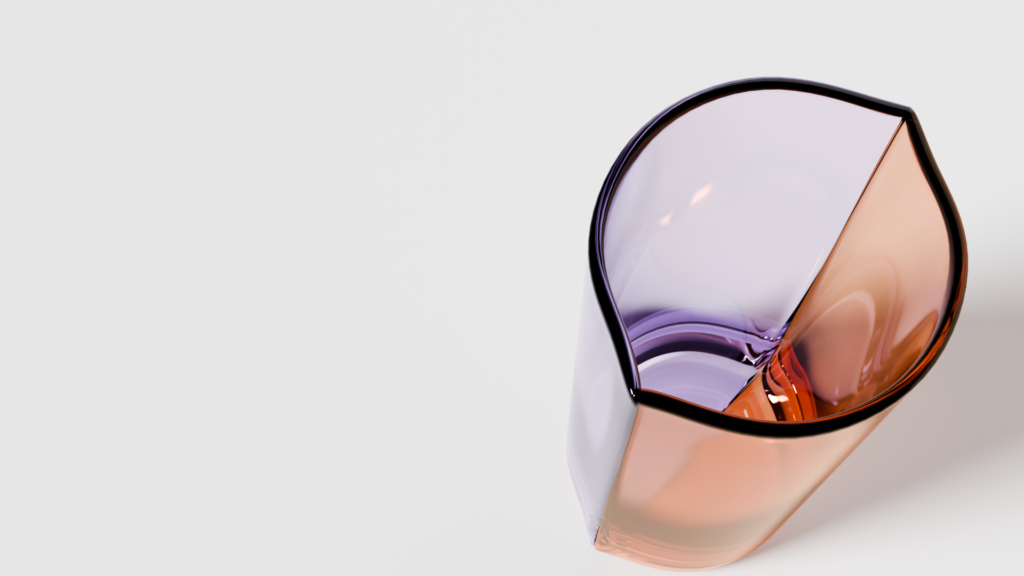
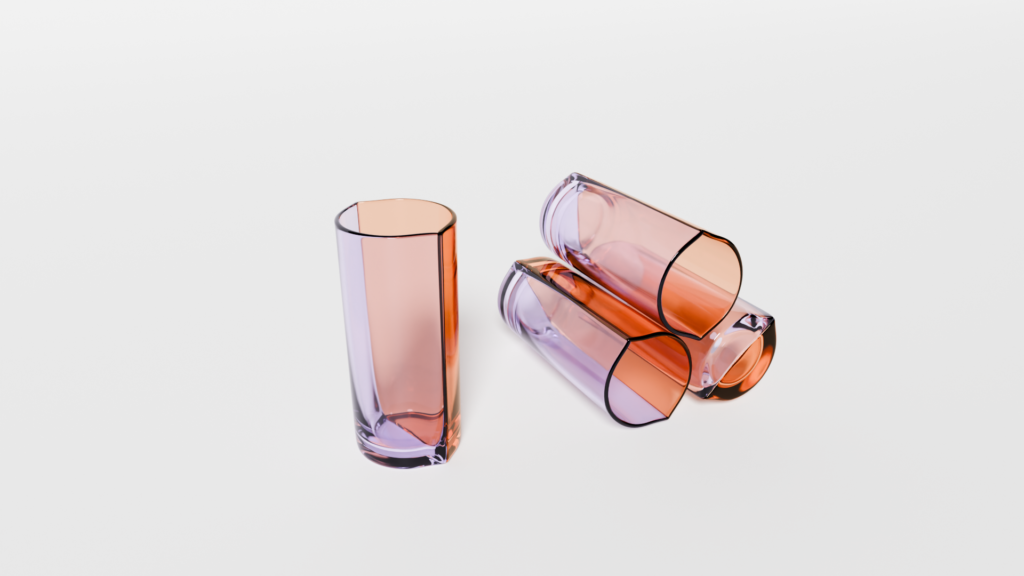
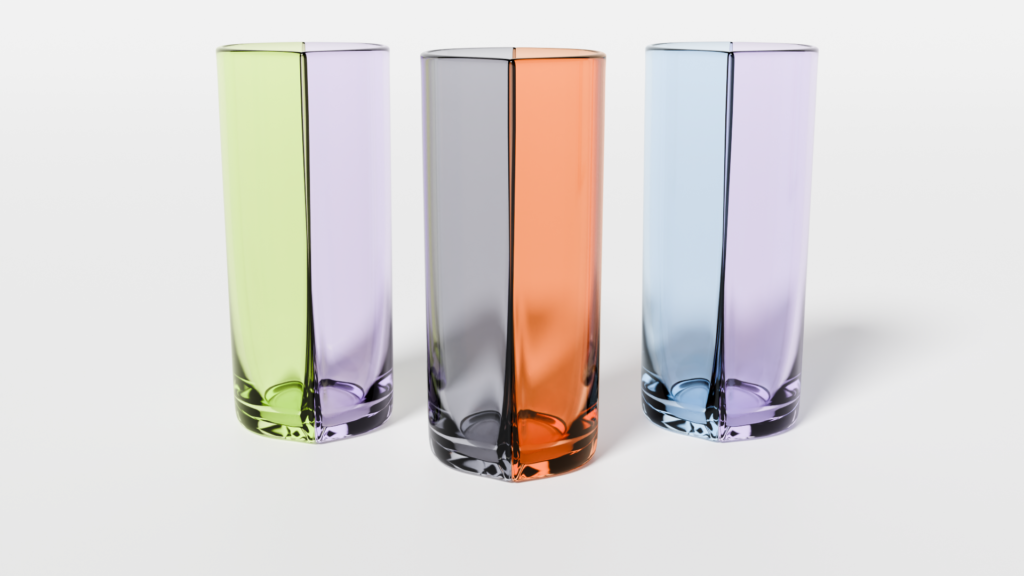
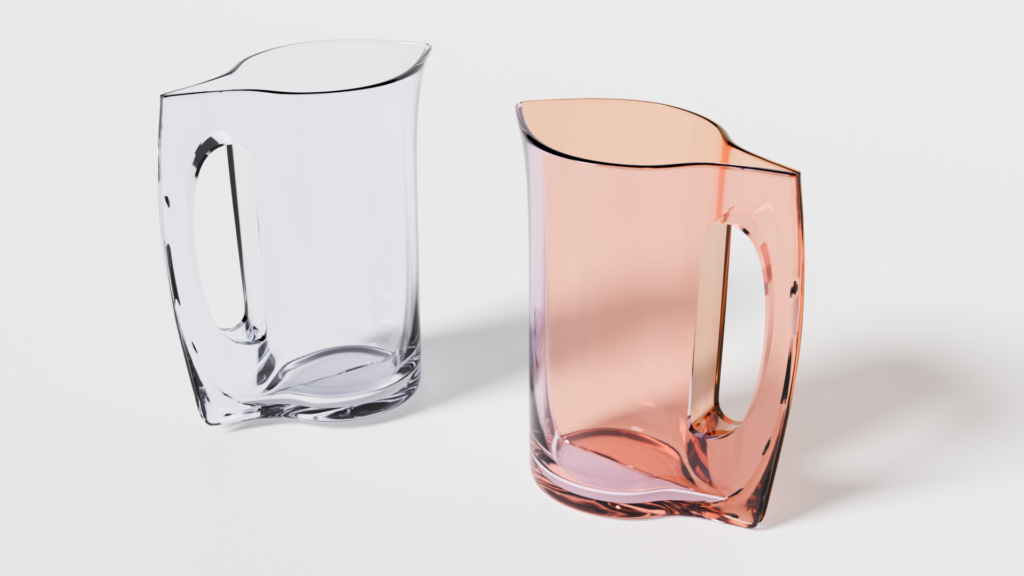
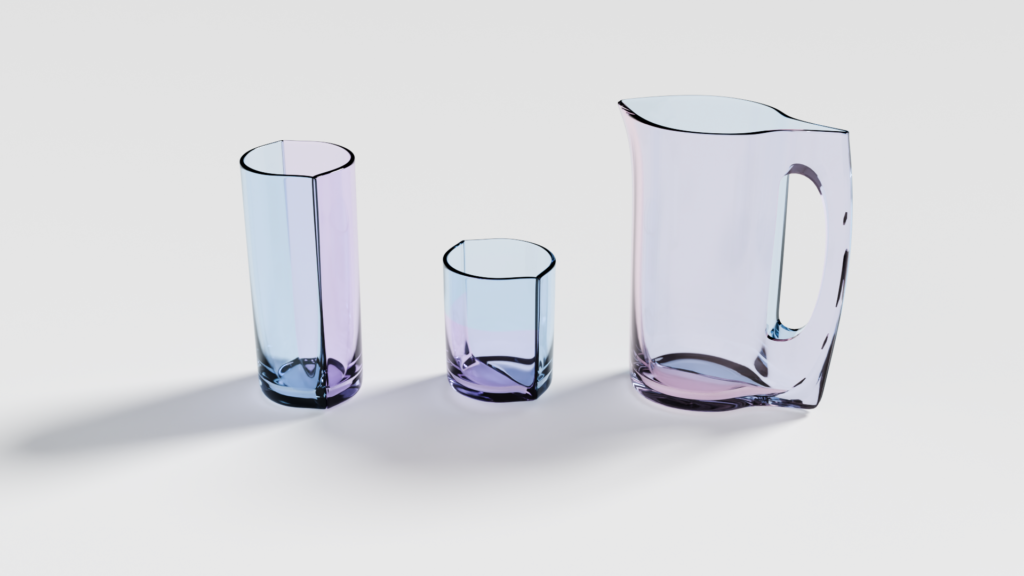
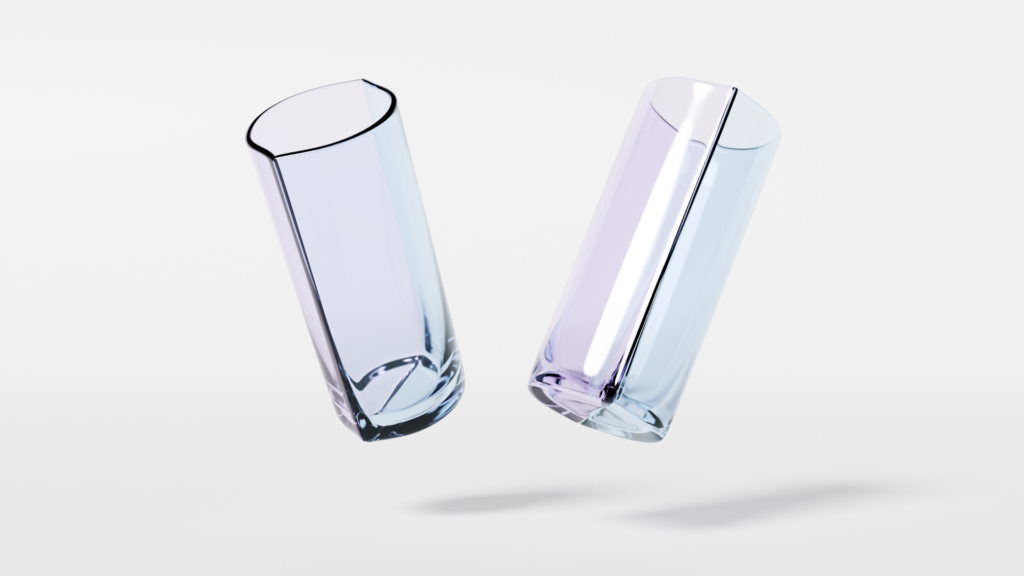

Few months ago I have been proposing some glasses for the Traga Italian brand. It’s a fun exploration I had about reinventing the drinkware that will align with their brand.



















Credit image: Festo website
A few years back I remember reading about this FlexShapeGripper develop by the company Festo. The idea behind this robotic grip is a vacuum type of plastic deformation. It’s a bio-inspired technology as it is the way a chameleon’s tongue is working to grab a bug. The video on their website is pretty amazing and you can see many different example of this robotic capabilities.
A glimpse into the future of limb loss
In a world where innovation knows no bounds, the field of prosthetics is experiencing a remarkable transformation. I am living in Vietnam as I’m writing this article, and I see may people and children having a limb loss. This make me very empathetic and I want to help. As a designer, I’ve been driven by a profound desire to empower individuals with limb loss, and I’m thinking about the simplicity of use of this chameleon’s type of tongue gripper.
The Inspiration
The inspiration for this design stems from a deep-seated empathy for those who have lost limbs. I’ve witnessed firsthand the challenges they face in their daily lives, from simple tasks like holding a cup of coffee to complex activities like playing a musical instrument. The current generation of prosthetics, while functional, often lacks the intuitive feel and aesthetic appeal that can significantly enhance a user’s quality of life. Actual prosthetics are often human-like hand, with fingers and phalanges. However this is a highly complex mechanisms to make it work, and very sensitive in action. I mean the way a finger move around is pretty impressive, and I don’t see any easy mechanism that could redo this in a human made machinery. If we want to make it durable, strong and reliable, like a natural hand grip would be, we have to think different and to use material intelligence.
A Design Philosophy Rooted in Human-Centered Innovation
I believe that a prosthesis should not merely replace a missing limb but should seamlessly integrate with the user’s body, minds, and physical capabilities. There is many achievements in this area, with new neural technology, high end sensors, 3 axis motors and other beauty. For a lot of people, reaching those expensive medical solution might be impossible. I want to focus on a designer point of view, with the reply of one function of a hand: grabbing something. To achieve this, I’ve focused on three key principles:
A Glimpse into the Future
As technology continues to advance, the future of prosthetics holds immense promise. I envision a future where prostheses are not just functional tools but extensions of the human body, seamlessly integrated with the way we live nowadays.
However, significant challenges remain. Cost-effectiveness, regulatory hurdles, and user acceptance are key factors that need to be addressed. By collaborating with clinicians, engineers, and policymakers, we can work towards a future where everyone, regardless of their physical limitations, can live a fulfilling life.
This project is not just a technological advancement; it’s a symbol of hope, a testament to the power of human ingenuity. By pushing the boundaries of design and engineering, we can create a world where the limitations of limb loss are no longer a barrier to achieving one’s full potential.
I will start this journey of research, and update it in a new post. Let me know in the comment what do you think about this project, and if you have any suggestions or feedbacks!

I have recently been digging into Midjourney a little more, for concept ideation and research.
The Future of Design
This experiment has shown me the immense potential of AI as a creative tool. By providing a starting point, AI can spark new ideas and inspire designers to think beyond conventional boundaries. However, it’s important to remember that AI is a tool, not a replacement for human creativity. The human touch is essential to bring warmth, soul, and functionality to any design. As AI continues to evolve, I believe it will play an increasingly important role in the design process. By embracing this technology and using it wisely, we can create truly innovative and inspiring designs that shape the future. Moreover, we can speed up our process to focus on what really matter: crafting the perfect design for a product.

What do you think of this AI-generated chair design? Would you like to see it become a reality? Share your thoughts in the comments sections below.

During a captivating exhibition at the Nancy Poirel Gallery, a unique carpet adorned the floor, its vibrant design featuring planets, asteroids, and cosmic particles. Inspired by this celestial artwork, I conceived a series of four pillows that mimic the weightless posture of astronauts during liftoff. This neutral body position, where the heart effortlessly pumps blood throughout the body, promotes relaxation and tranquility.
To recreate this serene posture, I employed a simple yet innovative technique. By repurposing cardboard cutouts, precisely shaped with a laser cutter, I created the structural foundation for each pillow. The absence of glue in the assembly process added to the project’s eco-conscious nature. Finally, I carefully folded and stitched sections of the gallery carpet onto the cardboard frames, transforming the once-ordinary material into a stunning, handcrafted textile. This fusion of design and repurposing not only honored the original artwork but also breathed new life into the discarded carpet.
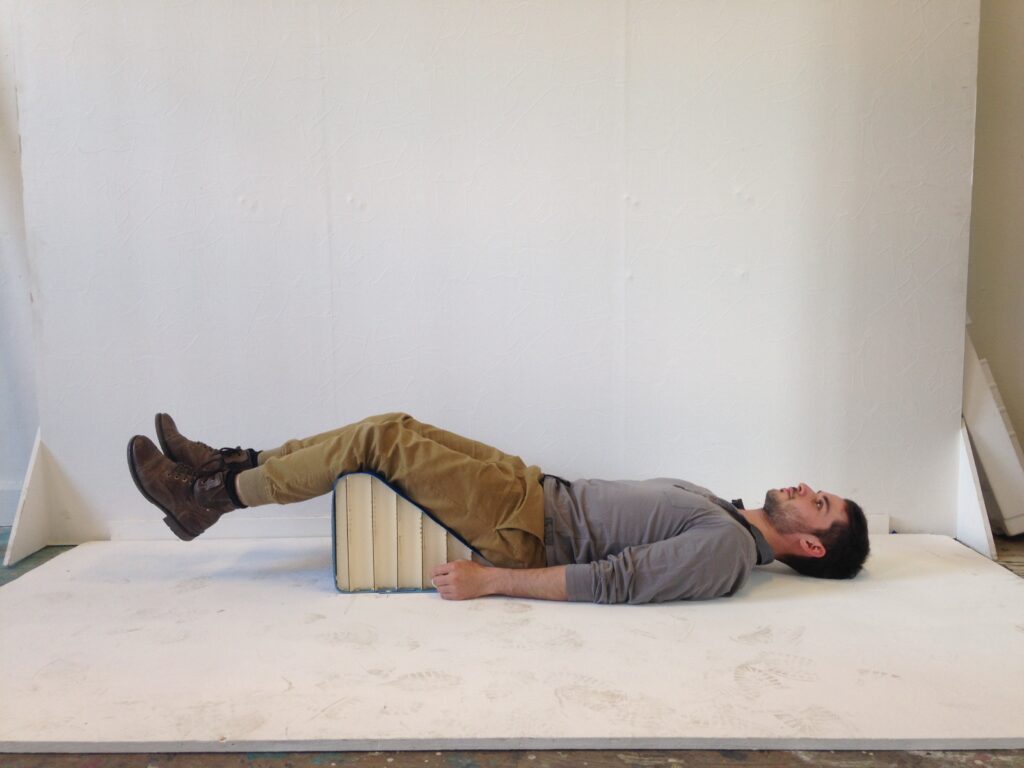
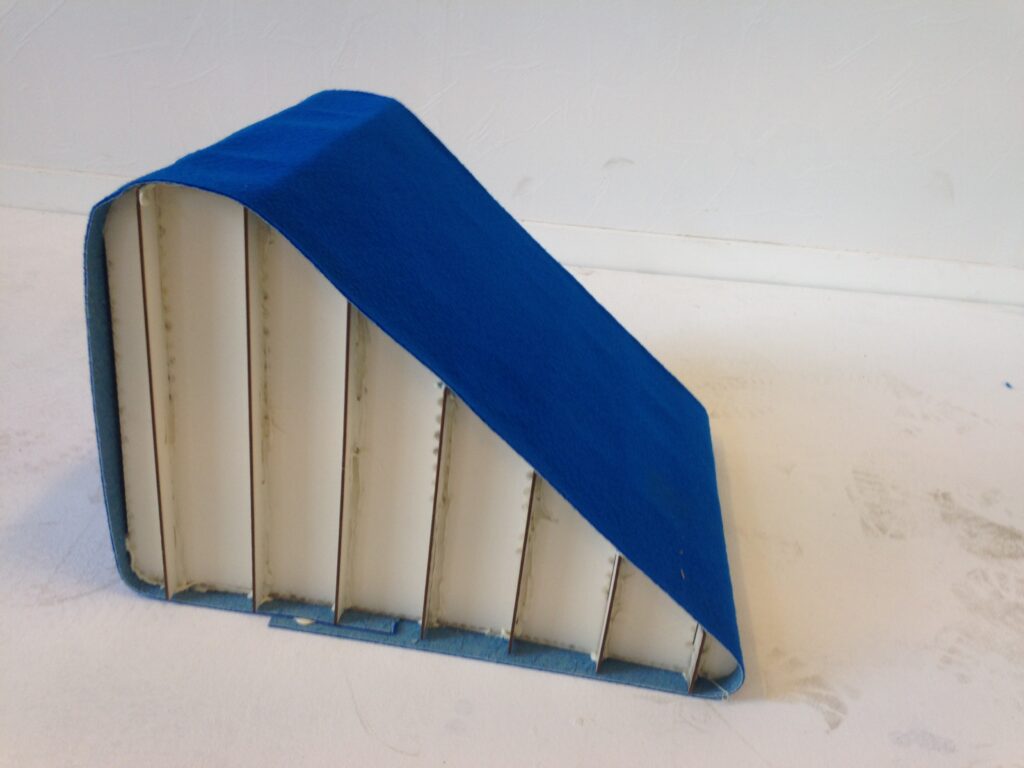
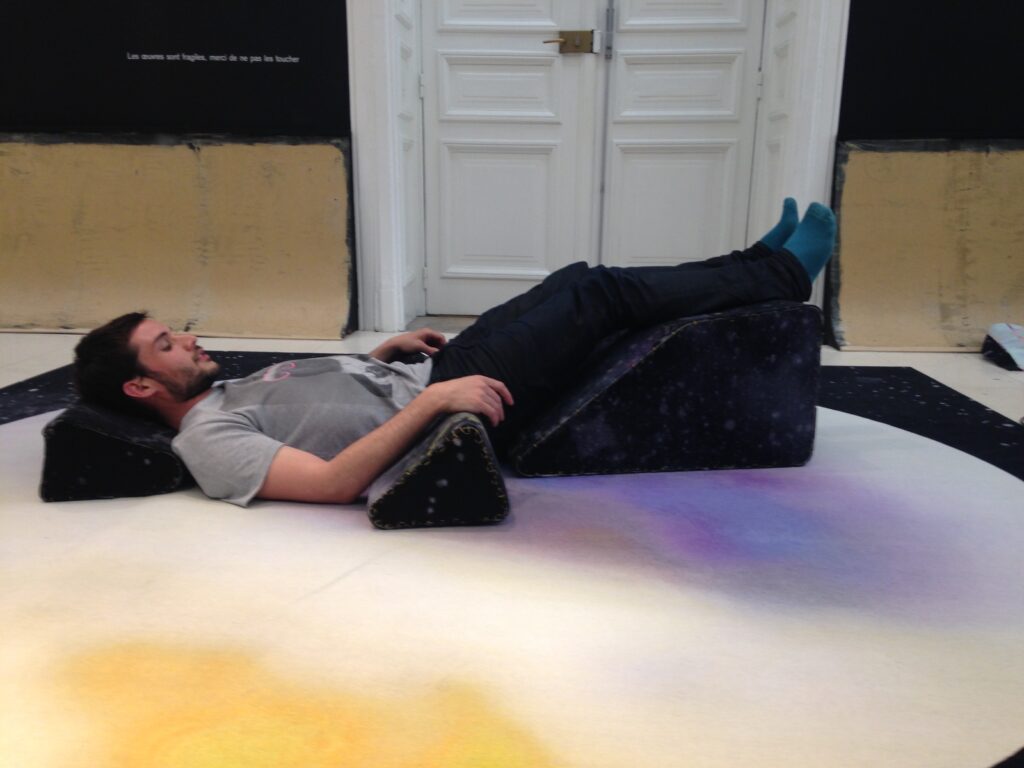
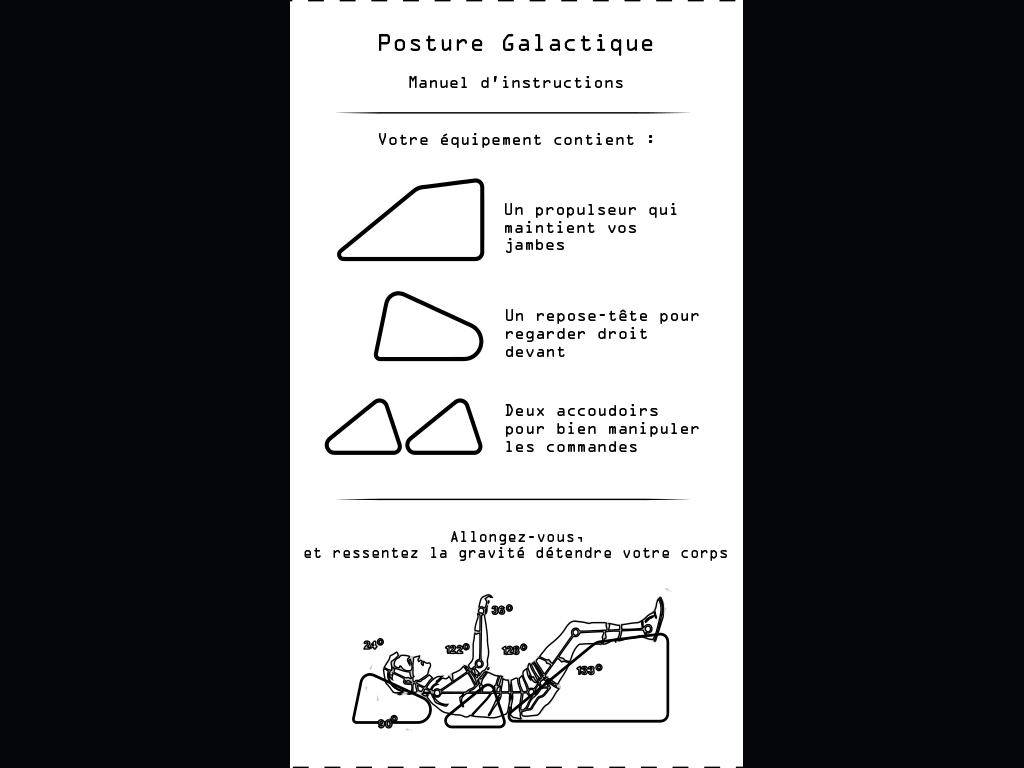
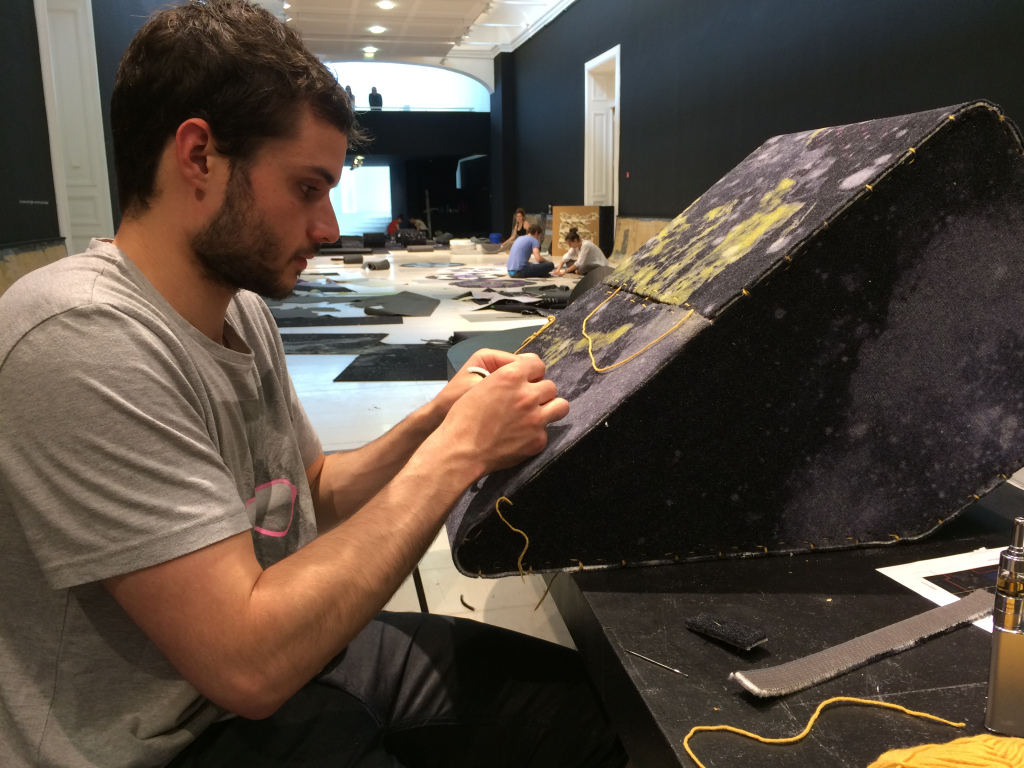
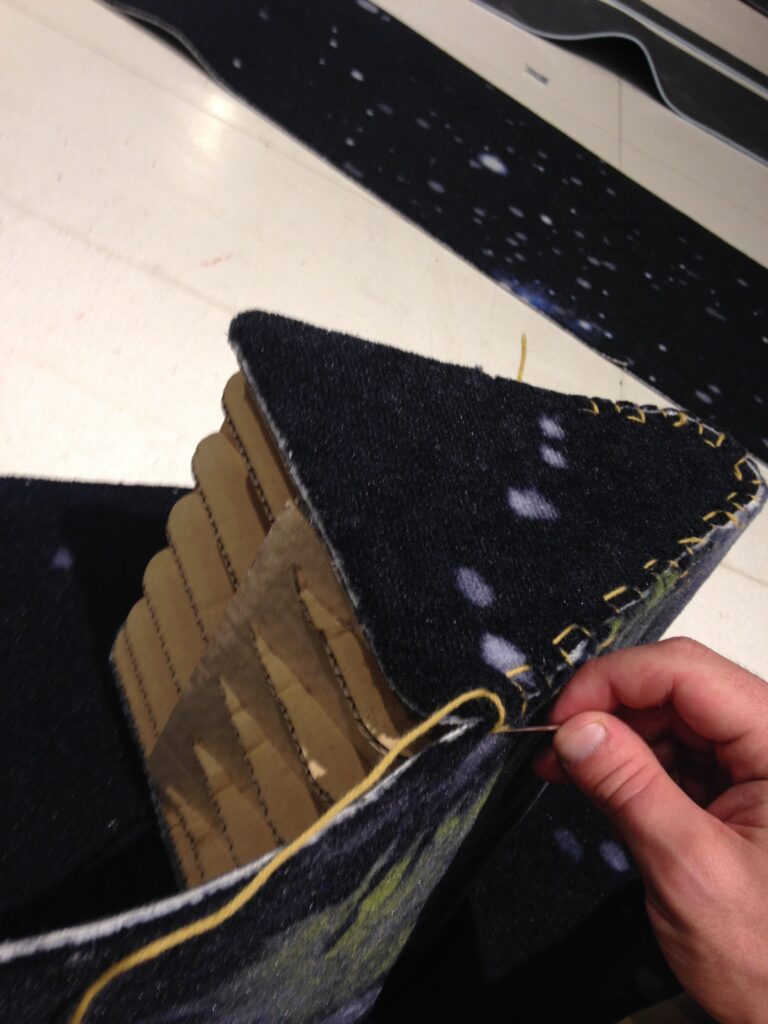
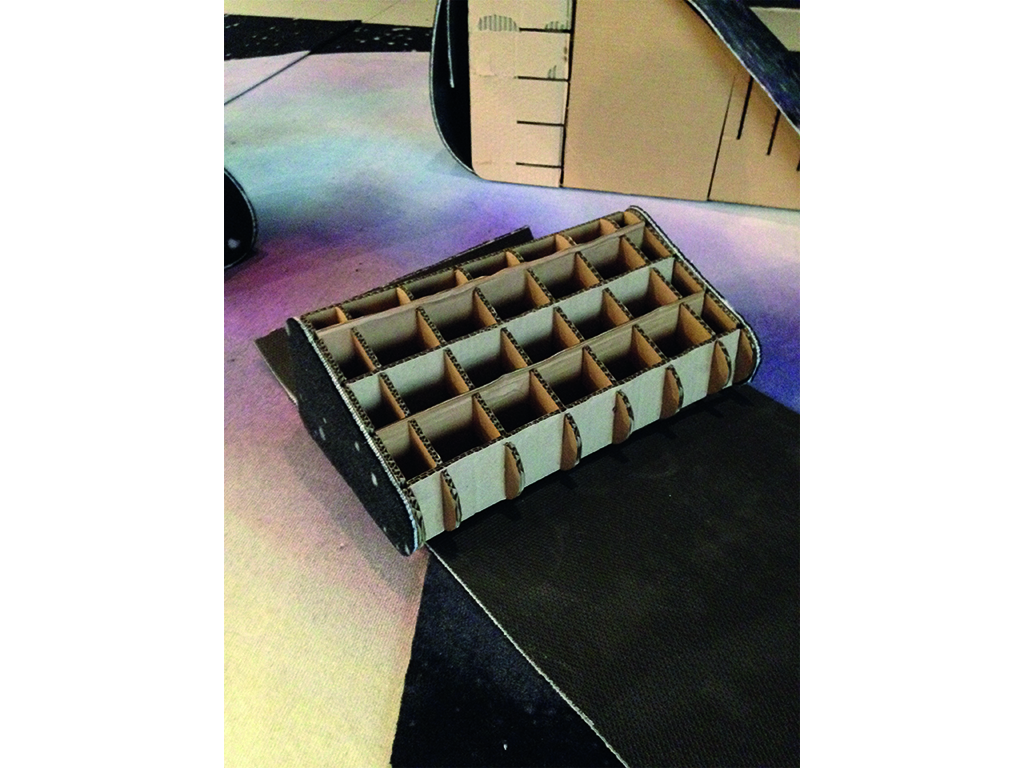
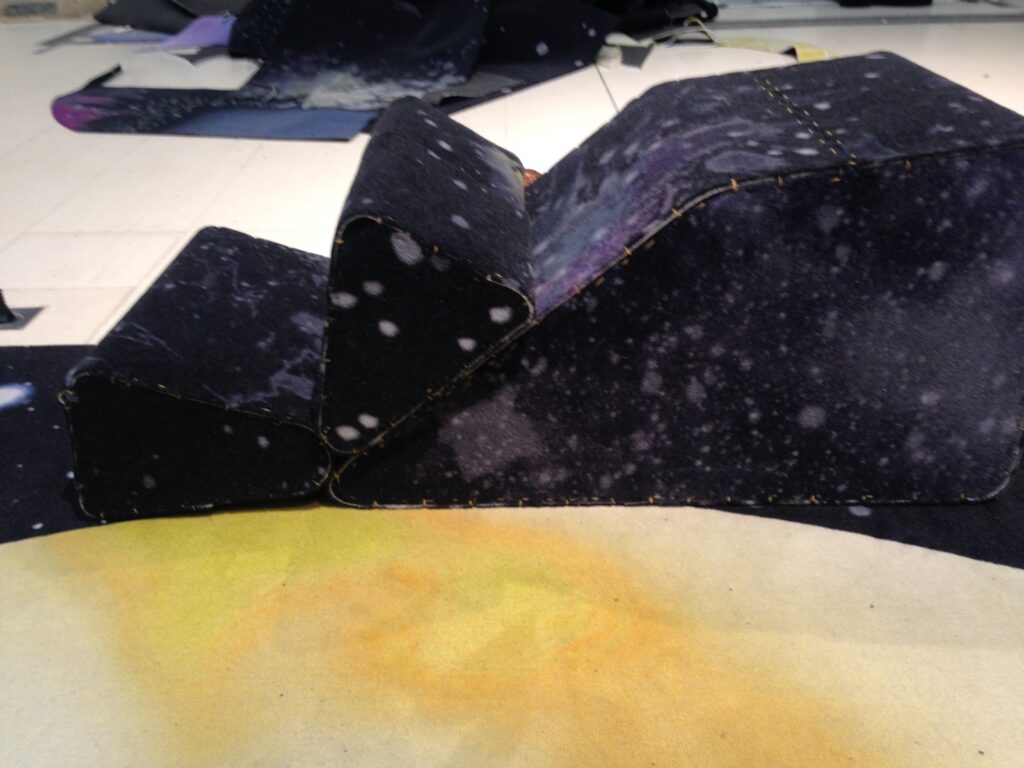

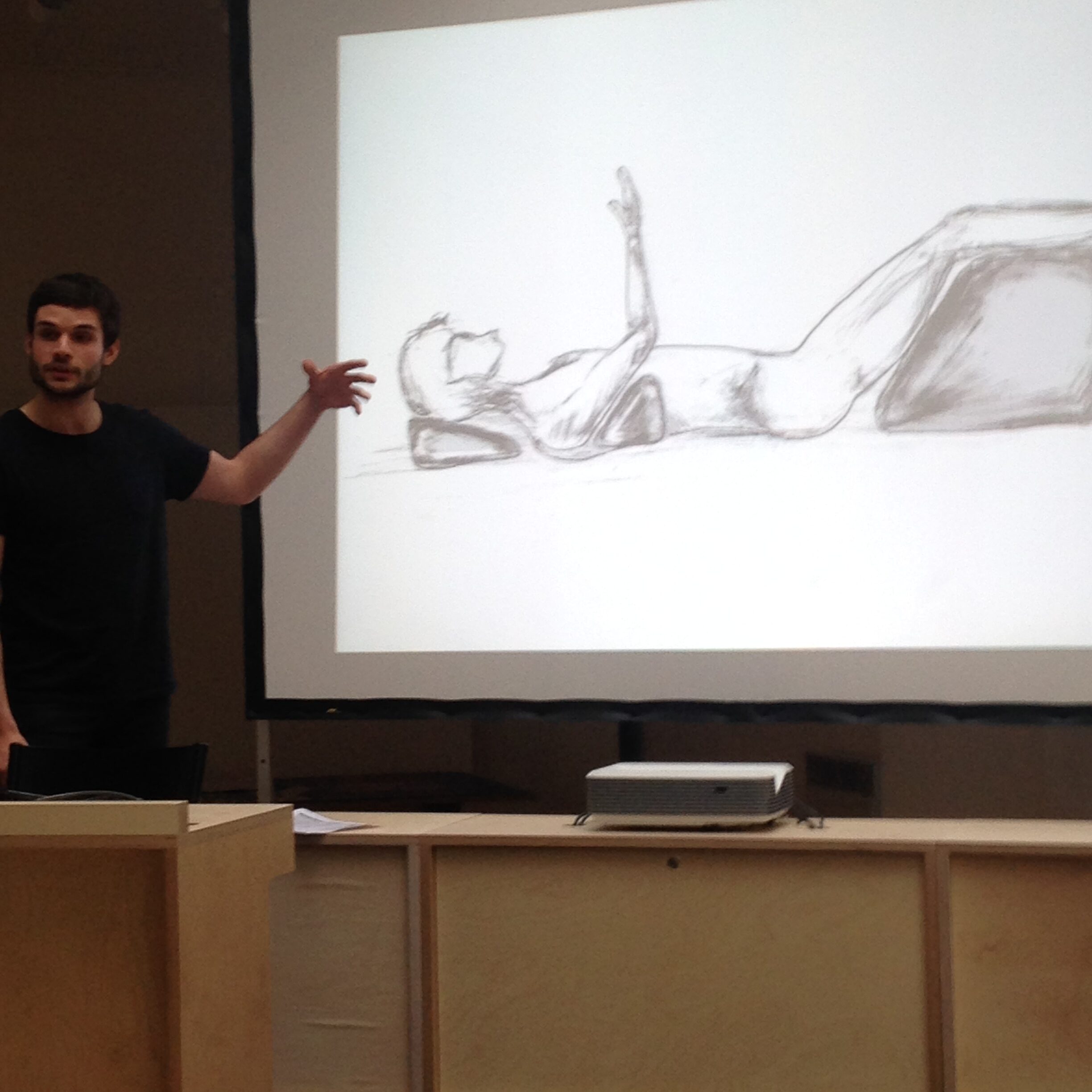
During the Paris Design Week 2016, I have been presenting the concept and the story of this project.
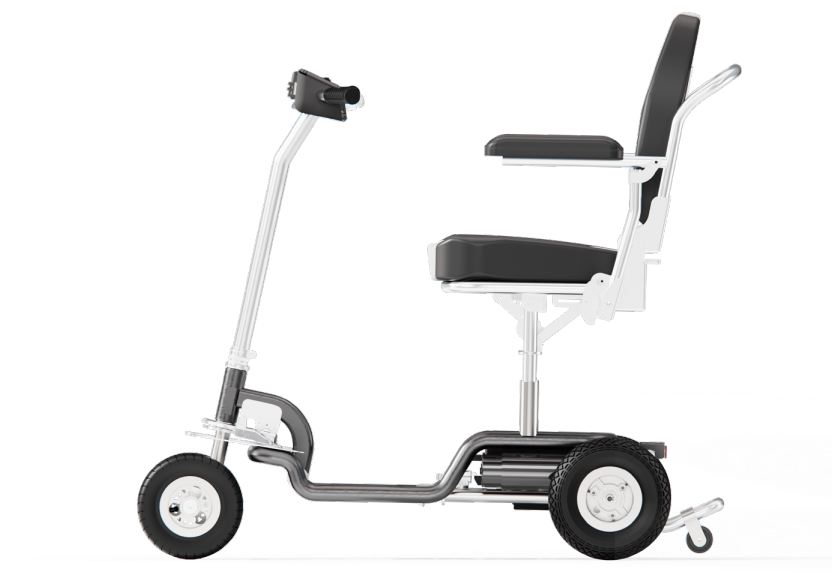
This is a scooter I designed for the company Supamobility. This devices aim to help elderly and mobility reduced people to move around with ease. The product is easy to fold and to dismantle in 3 different part that allow the user to carry it effortlessly.
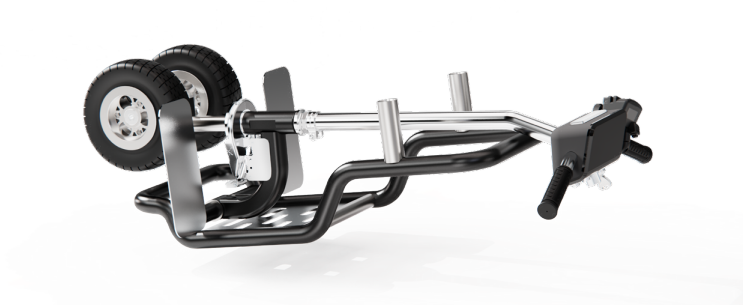
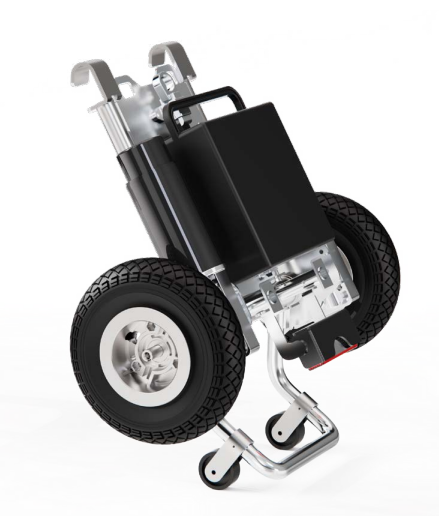
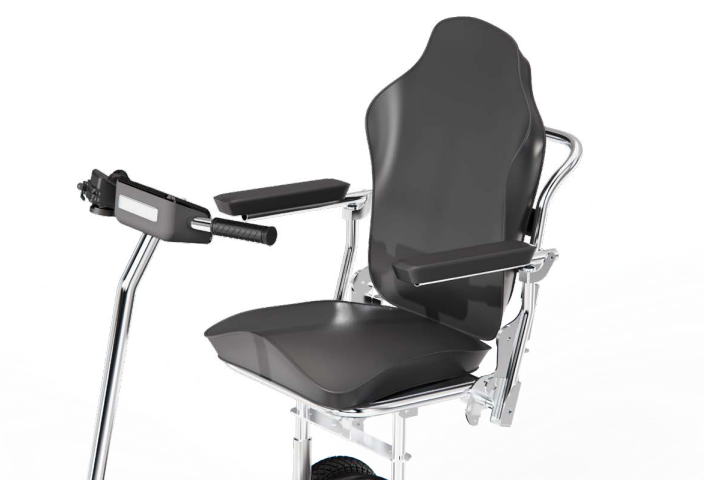
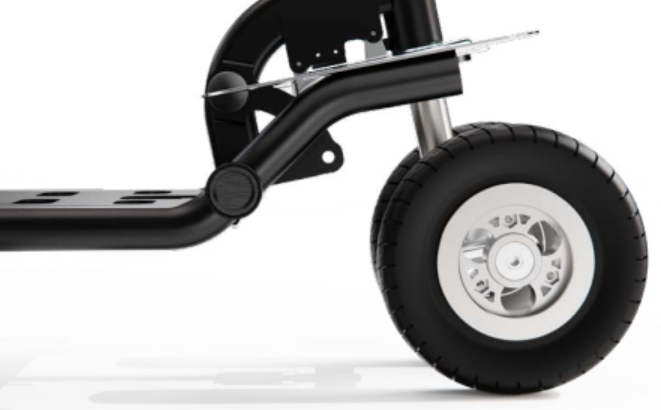
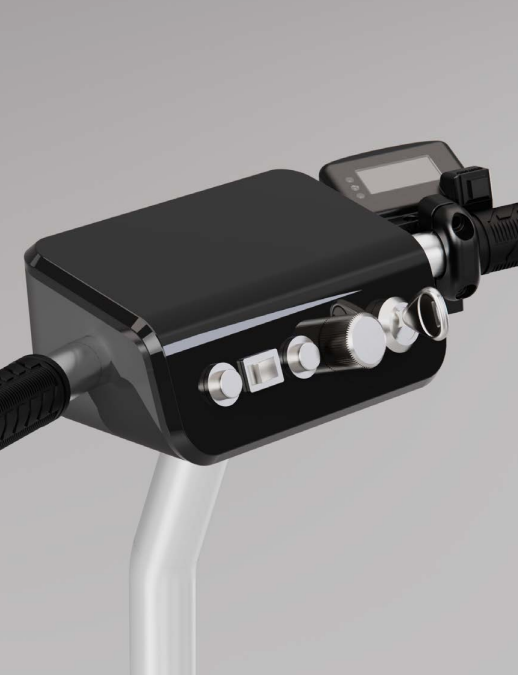
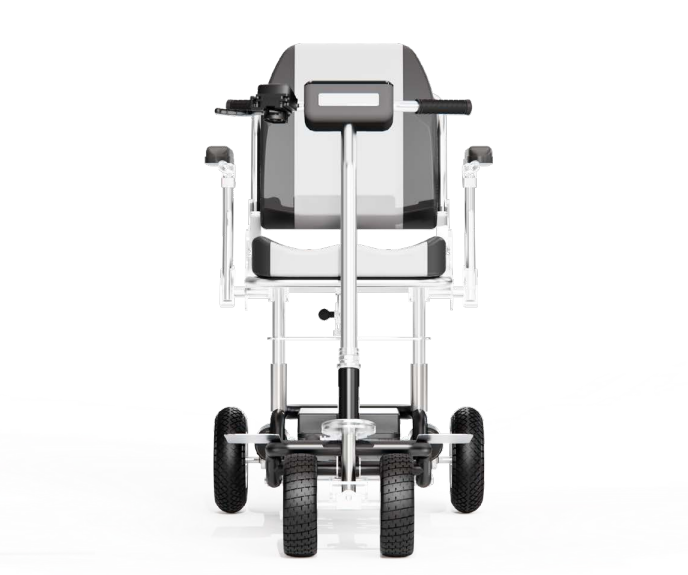

Althought the foobot sat was designed to be ceiling mounted, we wanted to also provide a desk stand. This desk need to be easy to install, and reuse the wallplate snapfits.
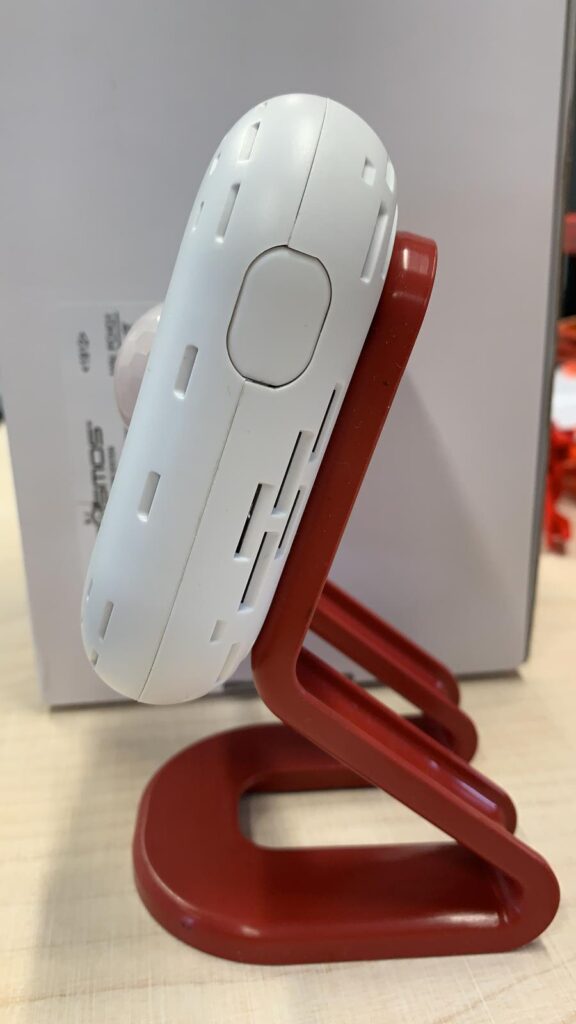
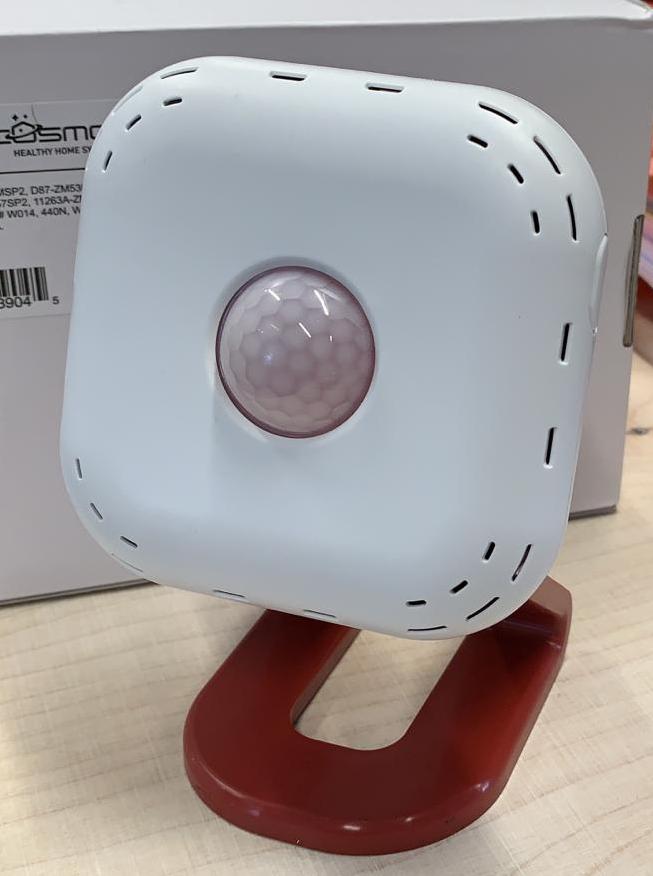
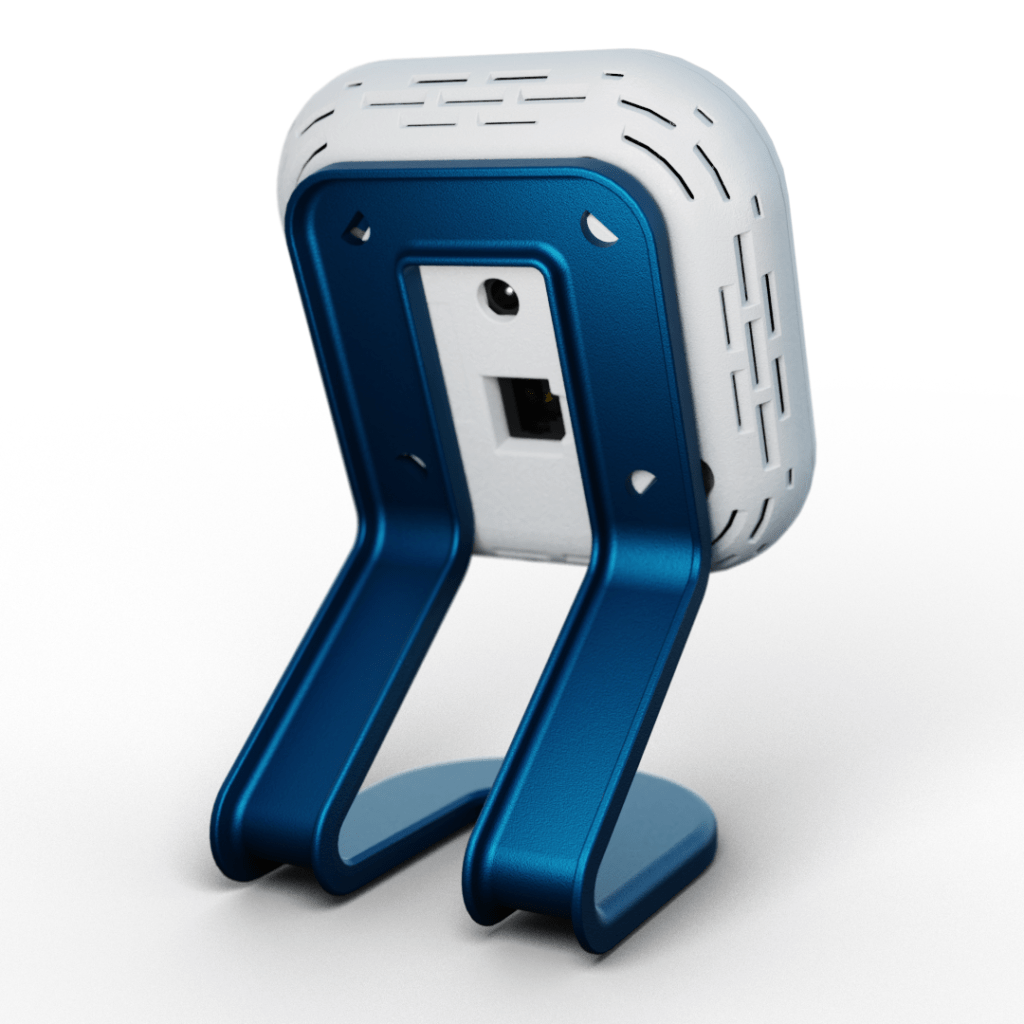
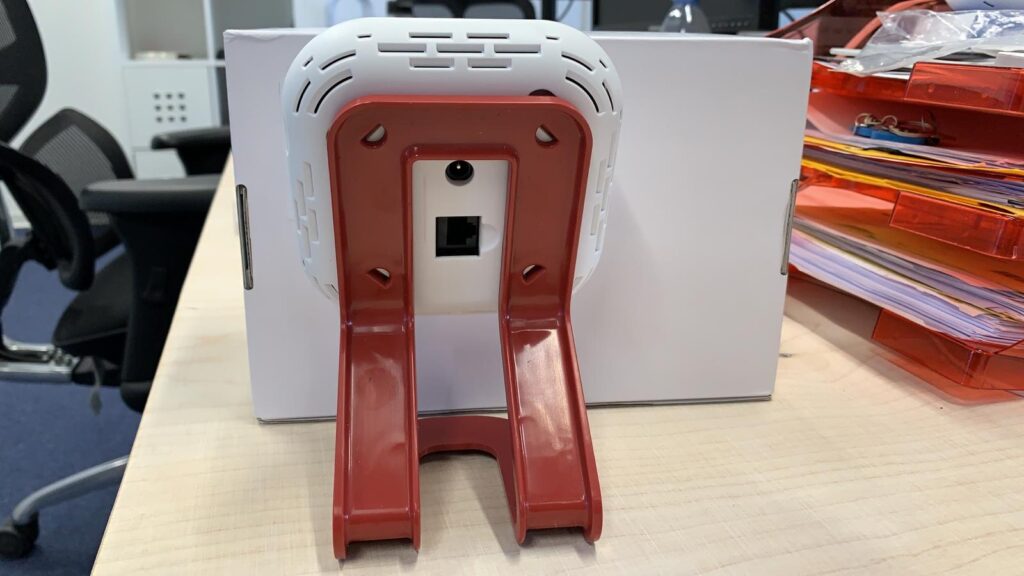
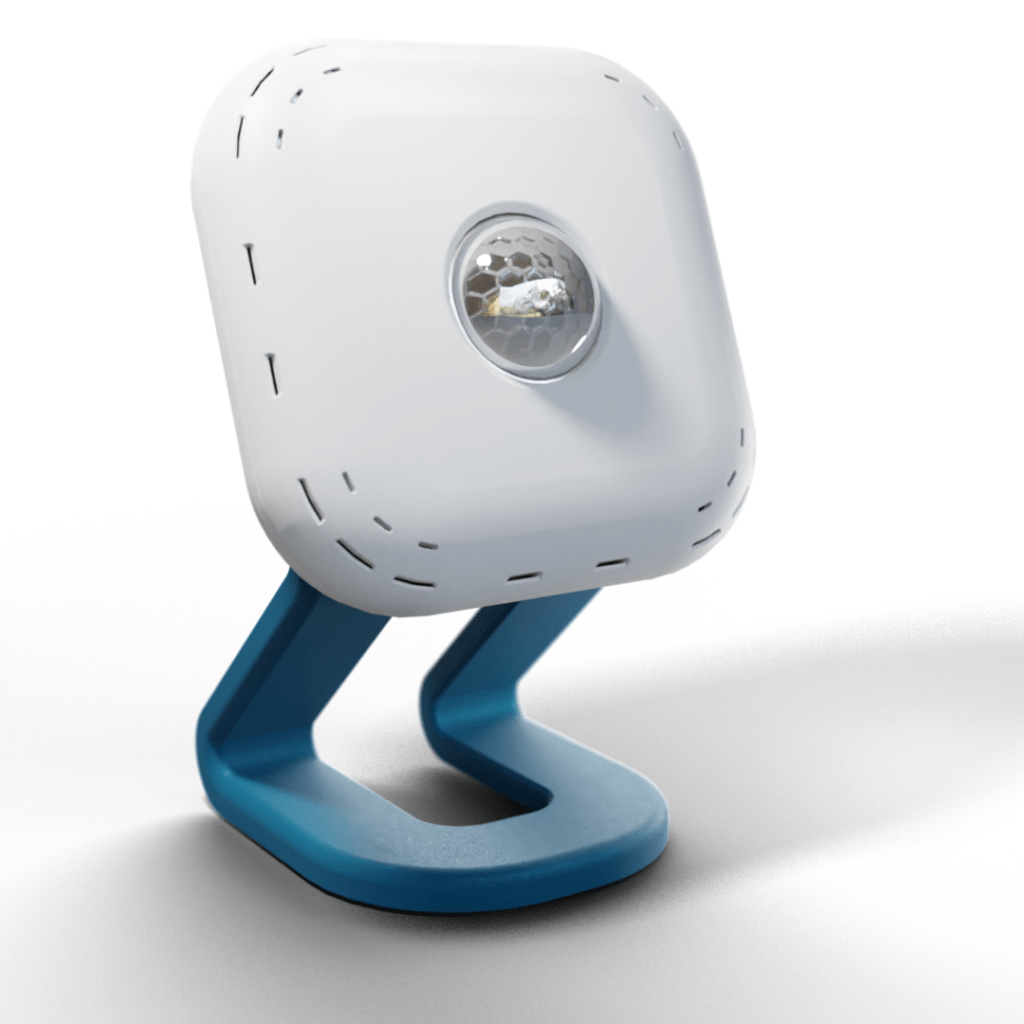
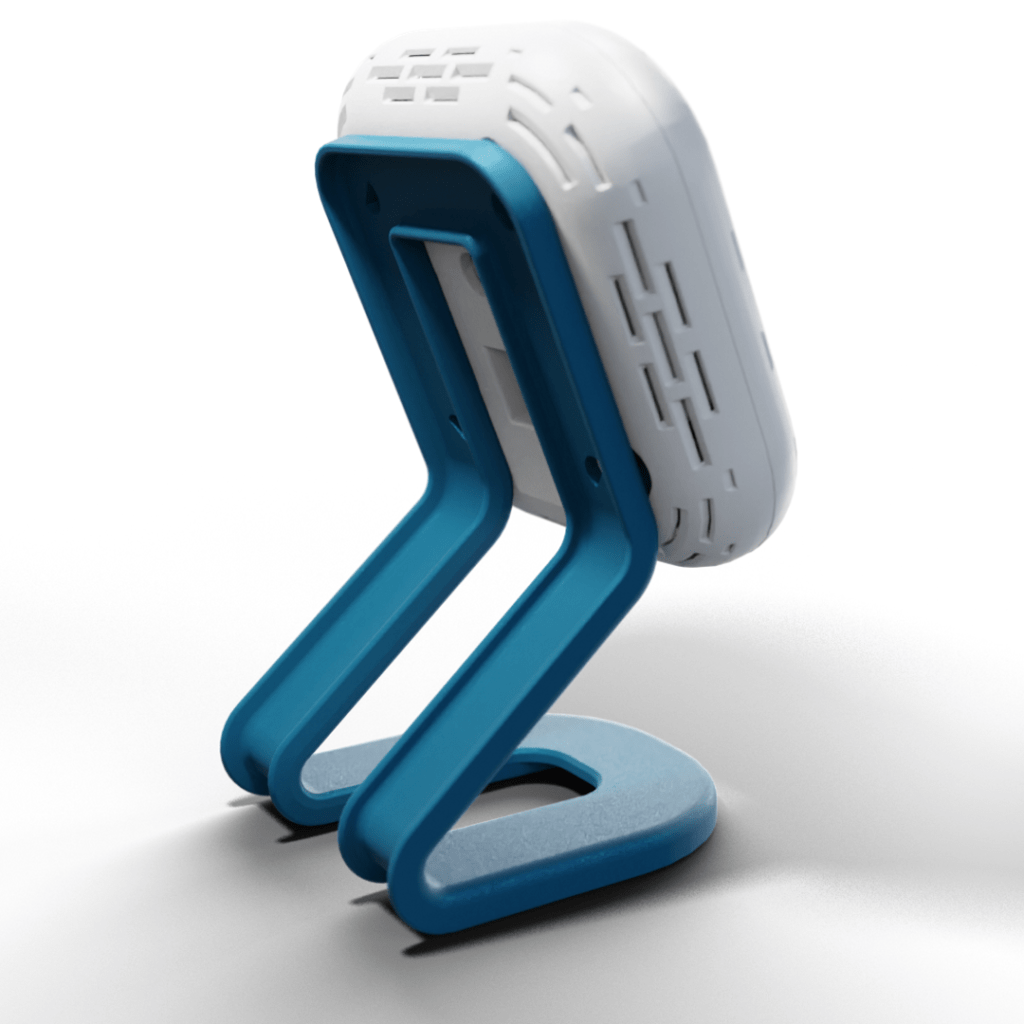
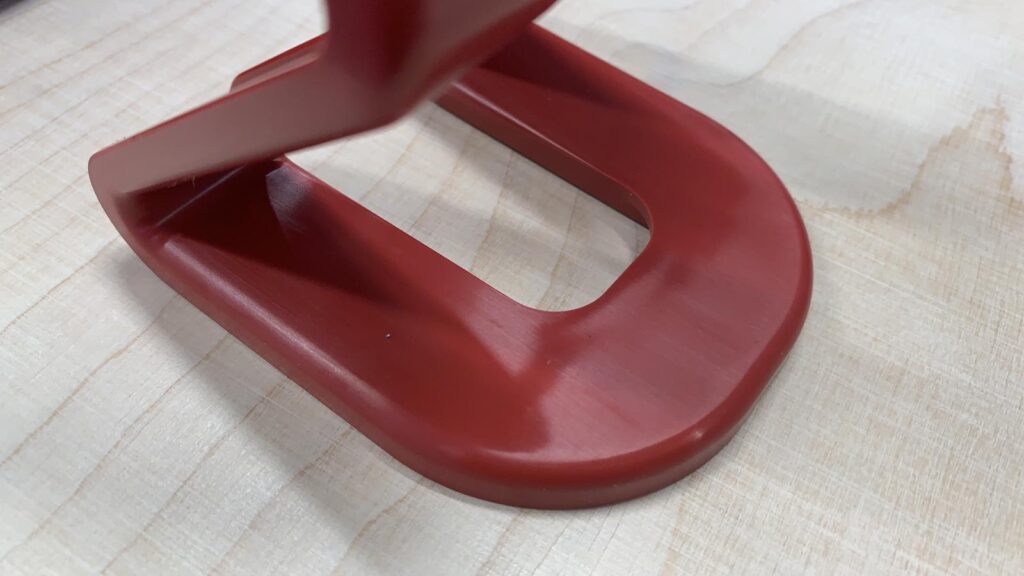
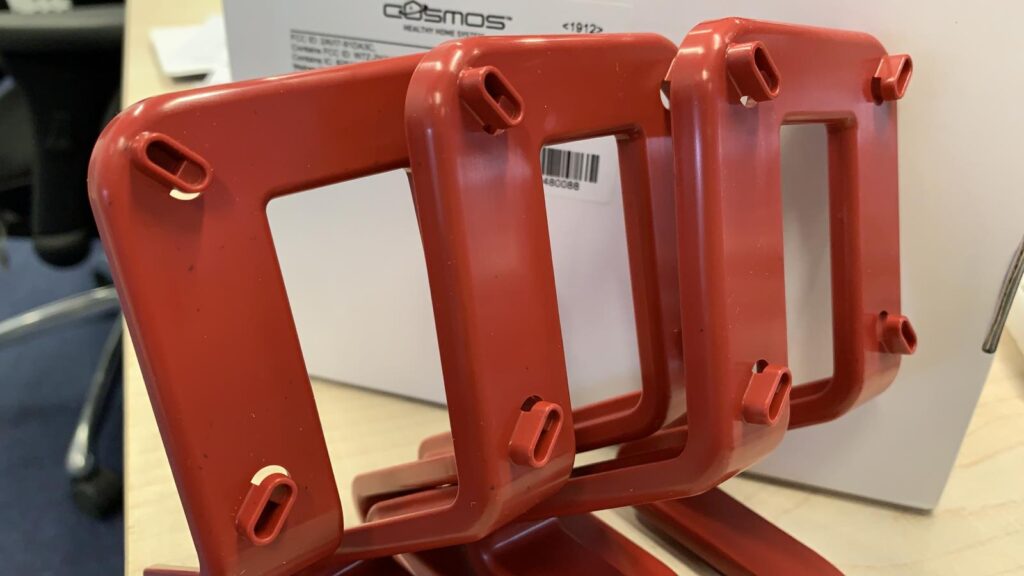

The desk stand was make stackable in order to save cost and space during bulk transportation. As our primary customer are HVAC installer, the stand would be send in bulk.

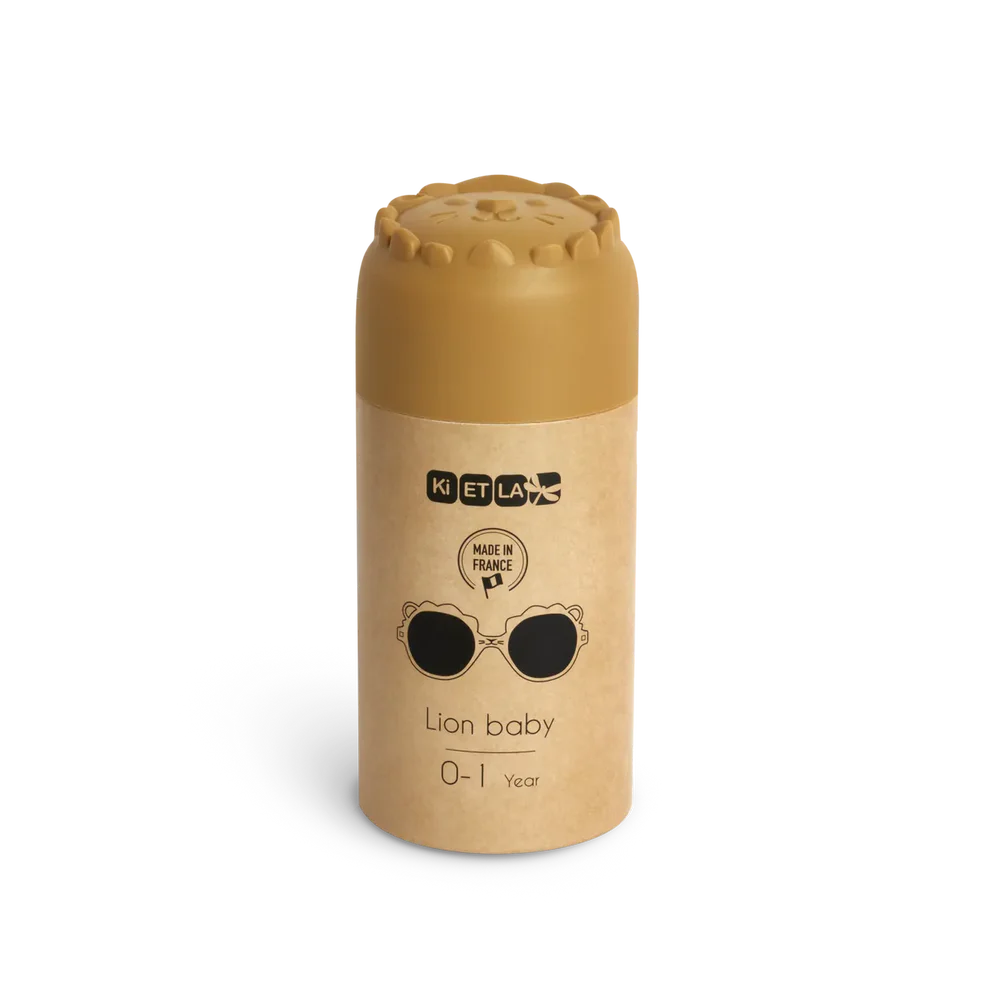
Ki et la is a french brand for kids sunglasses. I design for them the lion packaging which is use afterward as a sand mold for the kids. You can buy the glasses over here.
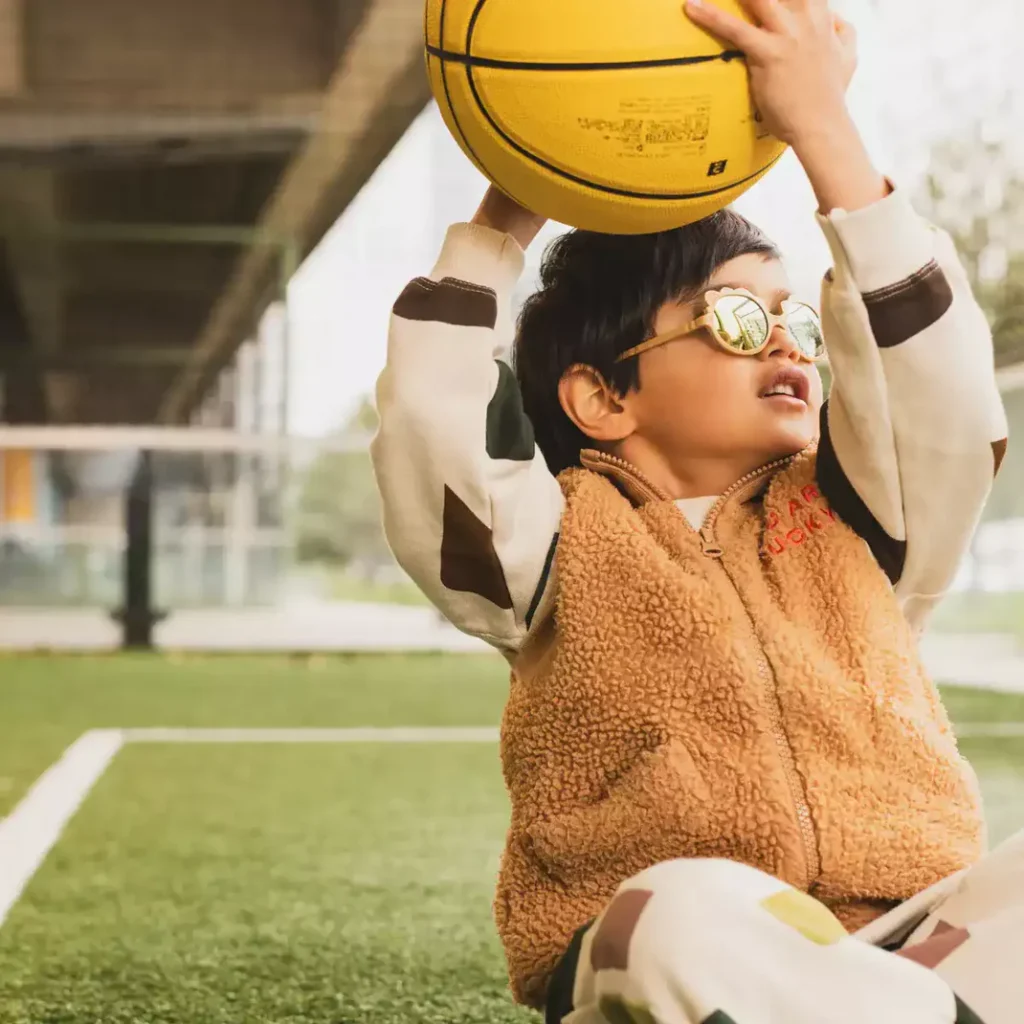
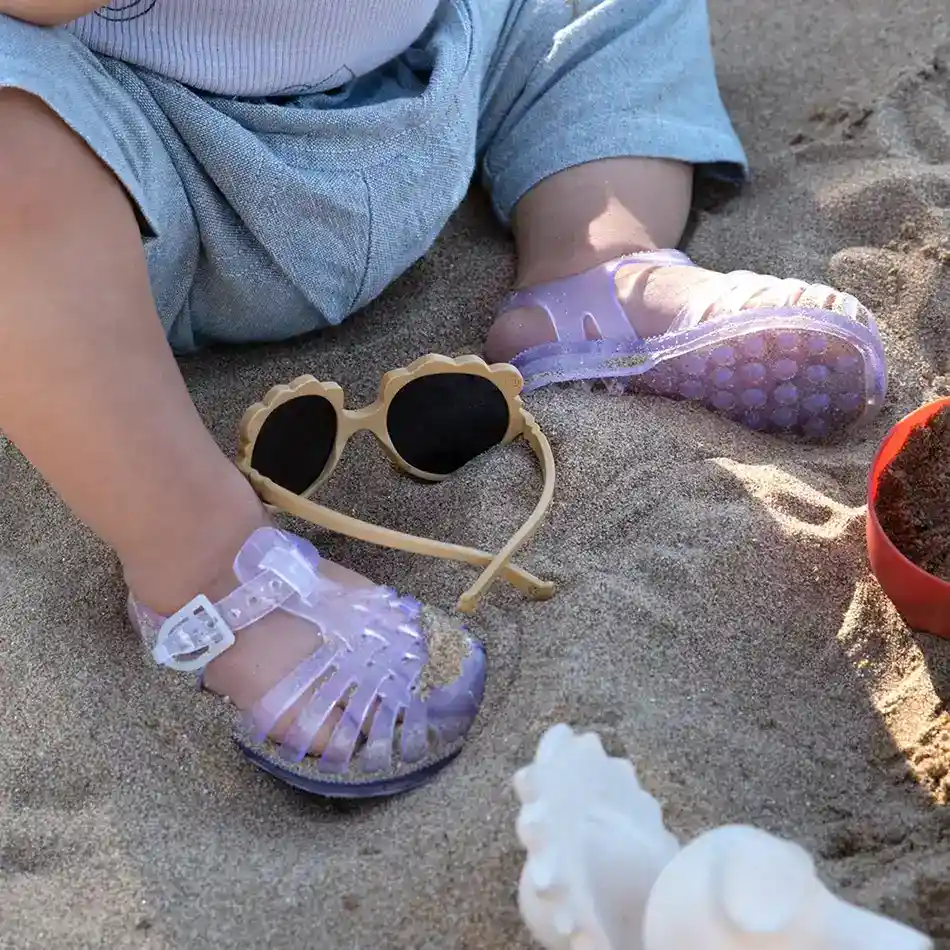

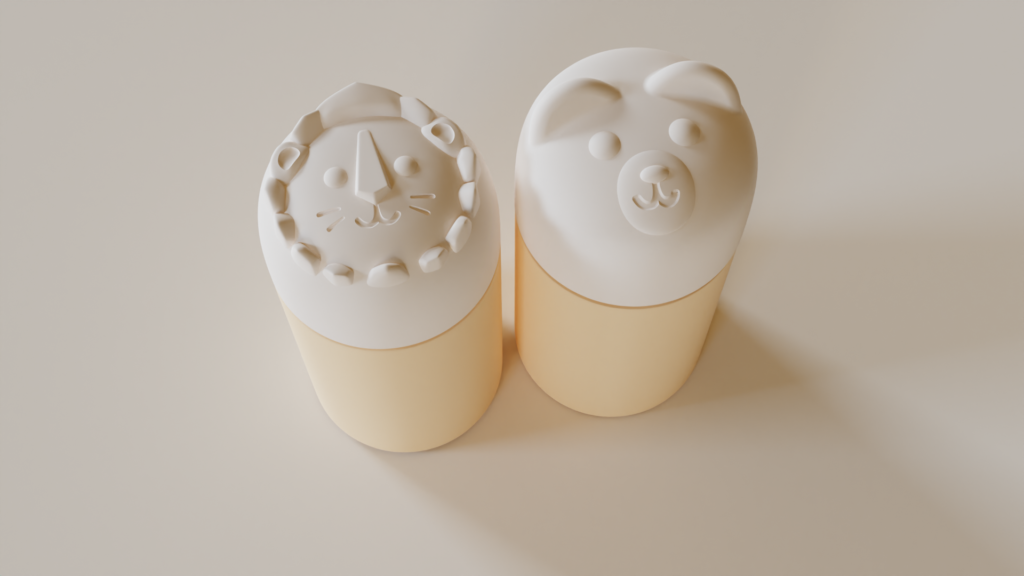
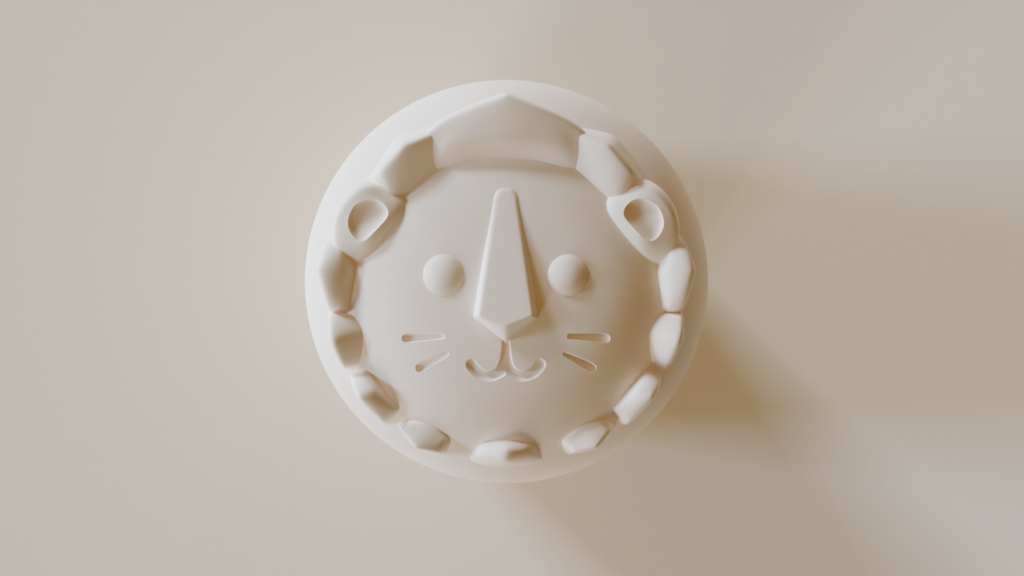
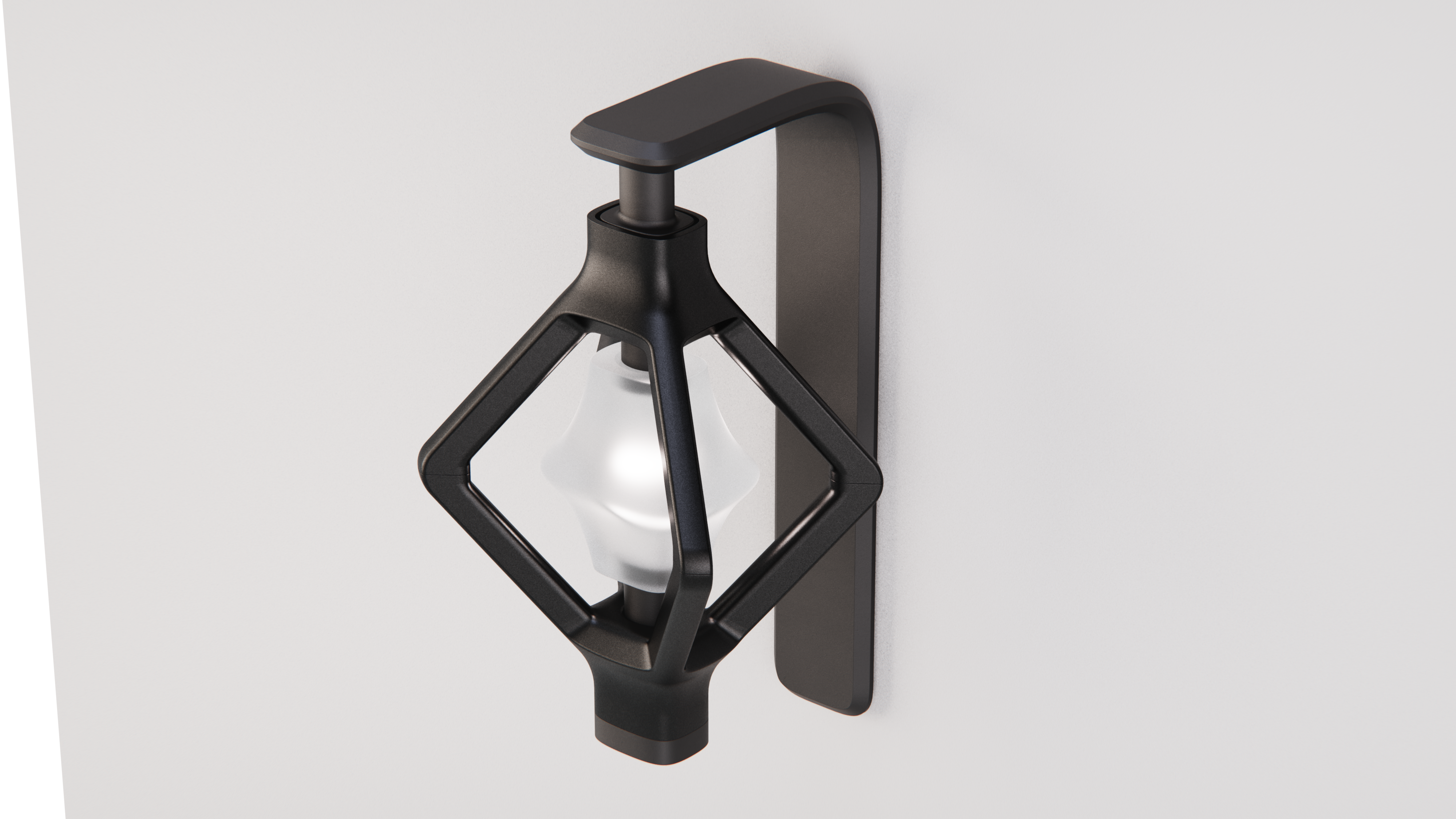
Yuda is a lamp manufacturer for whom I design a full range of concept for outdoor and garden lamps.
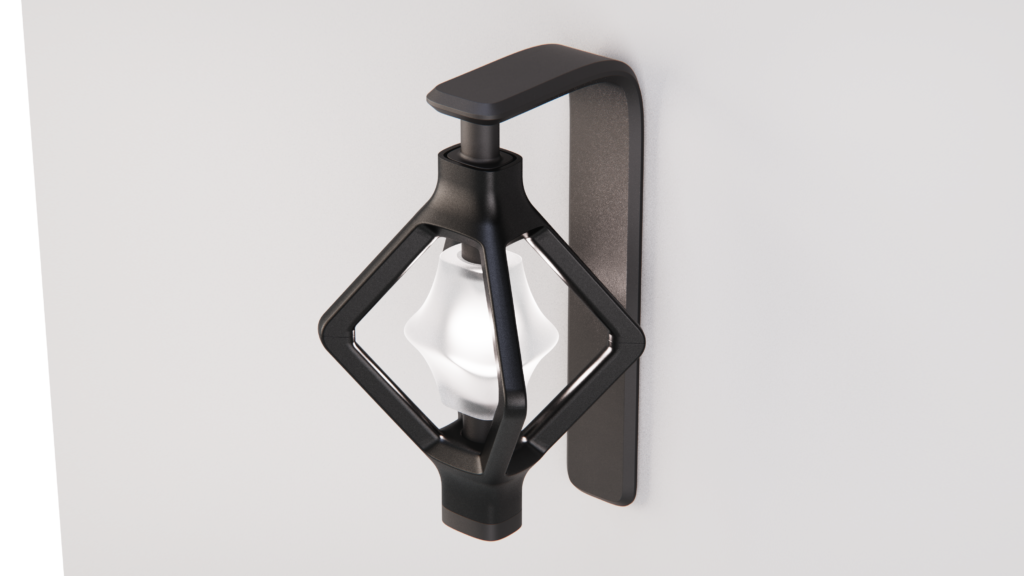
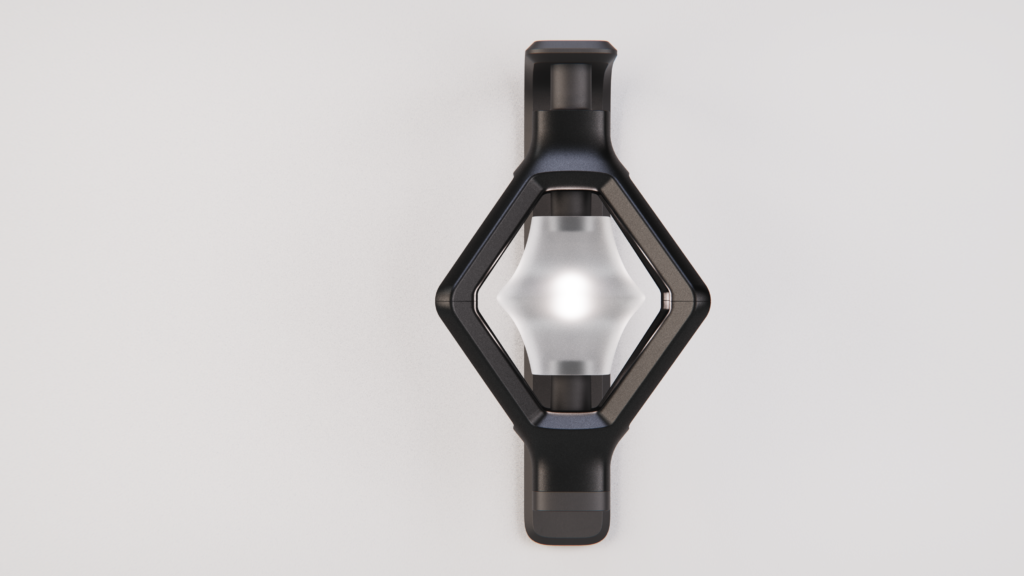
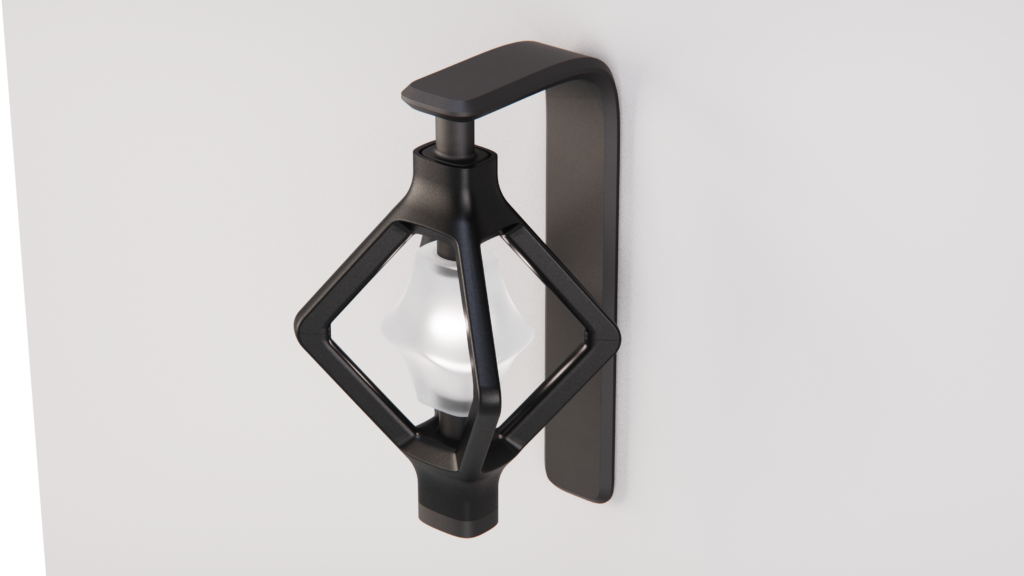
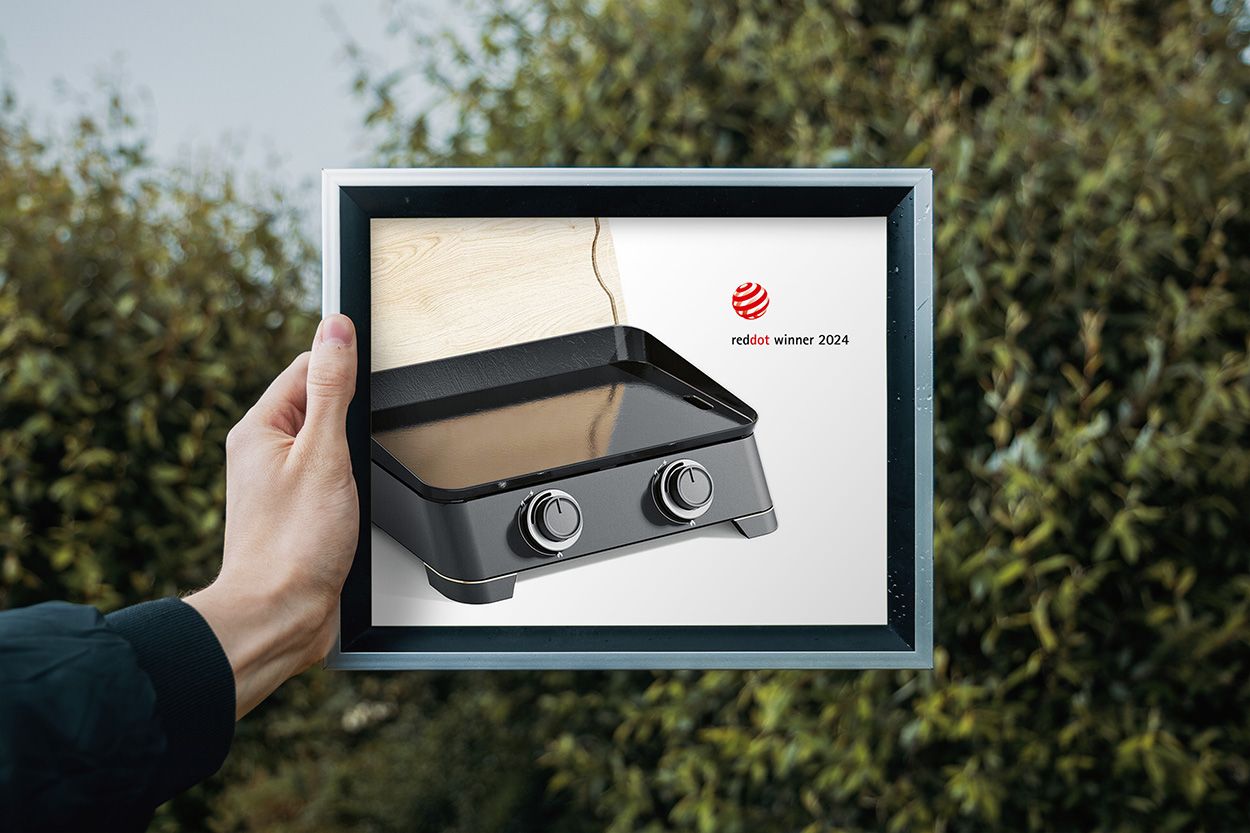
The plancha Dune is an outdoor collection of smart plancha. The lid is designed to protect the plancha as a regular lid would do, and when the user wants to cook it can be use as a cooking board or a serving plate. For this collection there is 3 differents size, two with gaz and one with electricity. I designed also a furniture to be able to carry it around and store all the necessity for cooking. The product is easy to assemble and fit in a small cardbox for logistic, as well as the furniture.
This project won a Red Dot Design award and you can buy it on the Cook’in garden website.
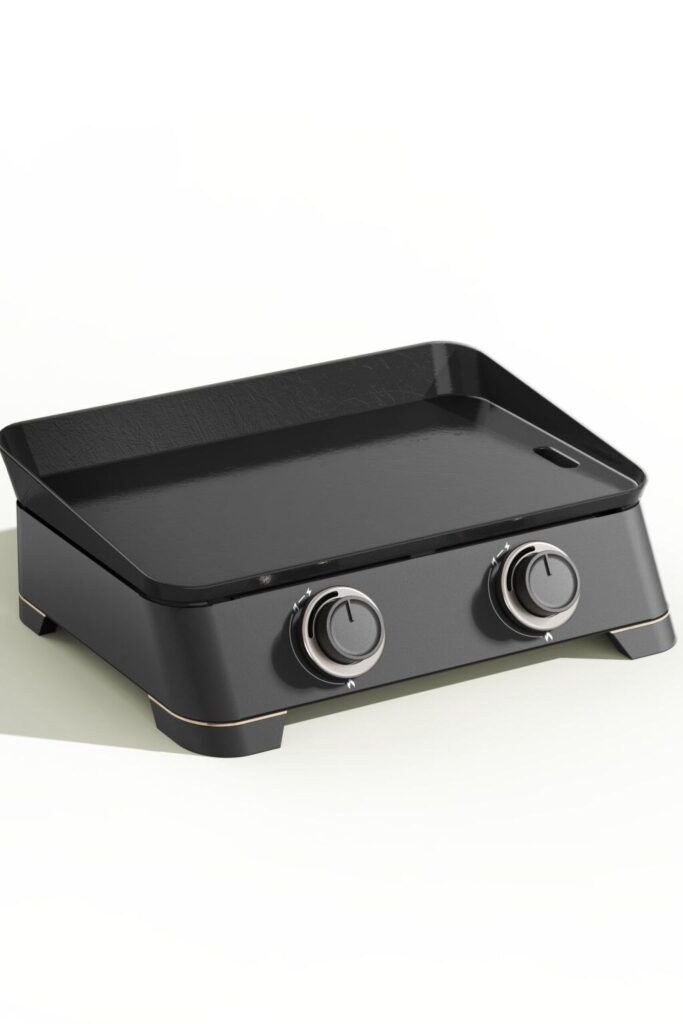
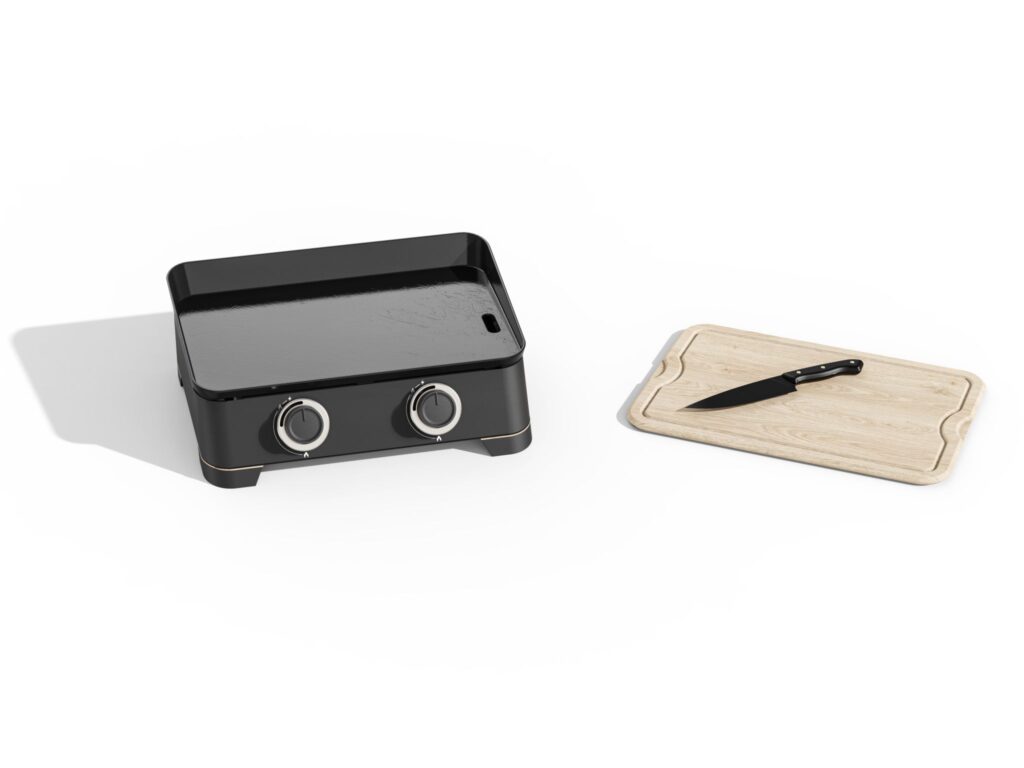


The bamboo lid has two side, One is made to protect the Plancha, the other is used as a cutting board.
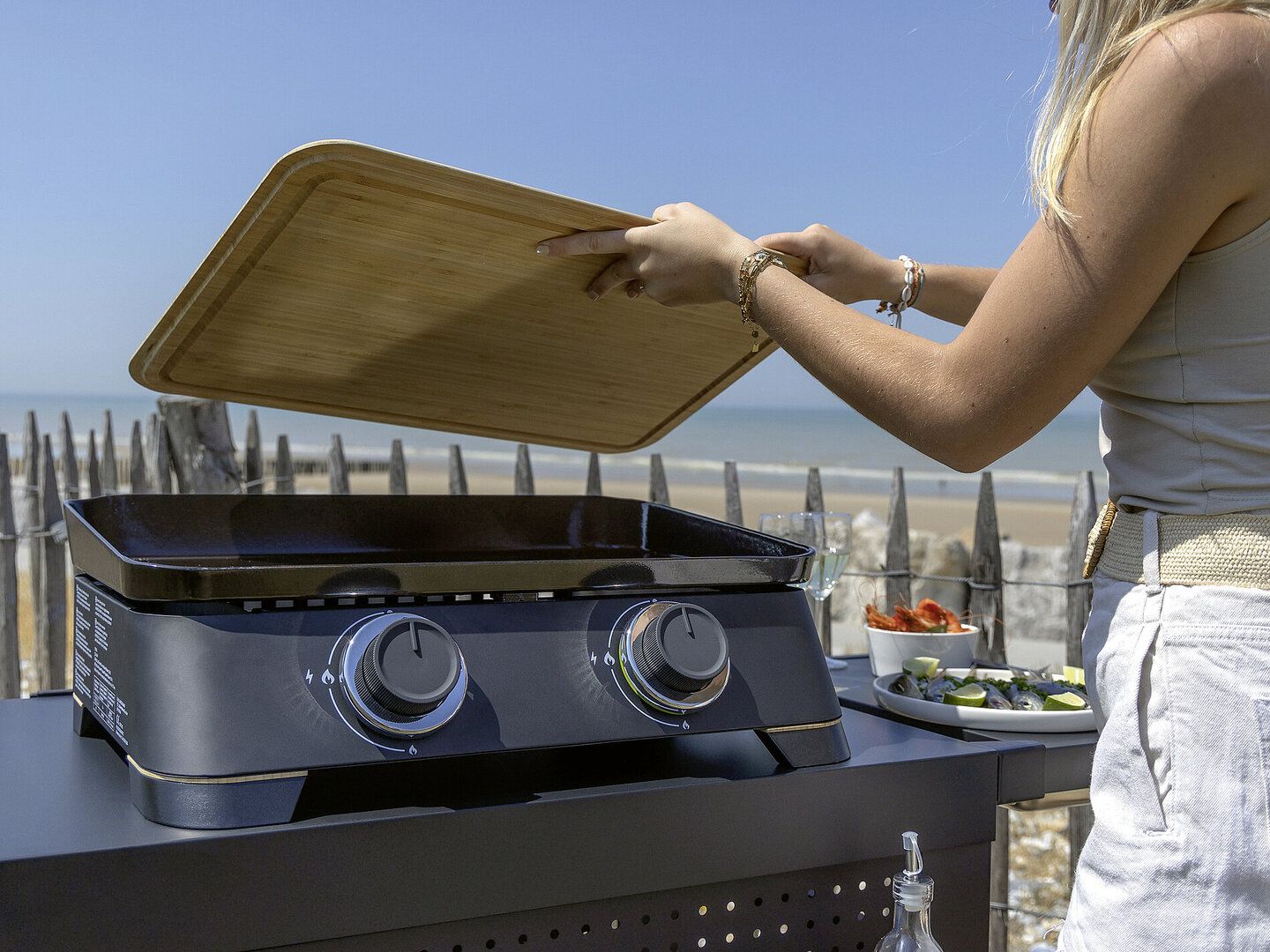
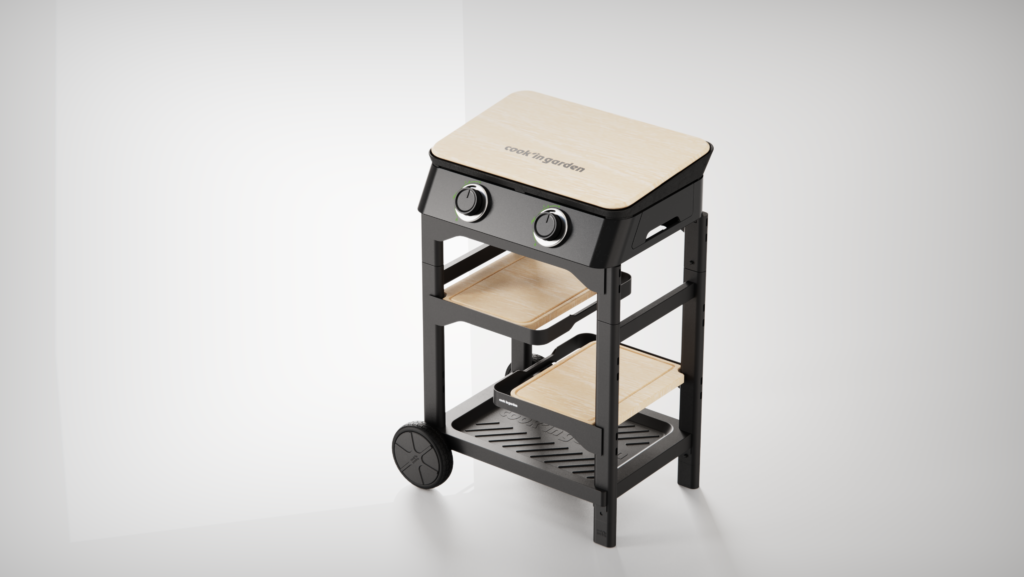
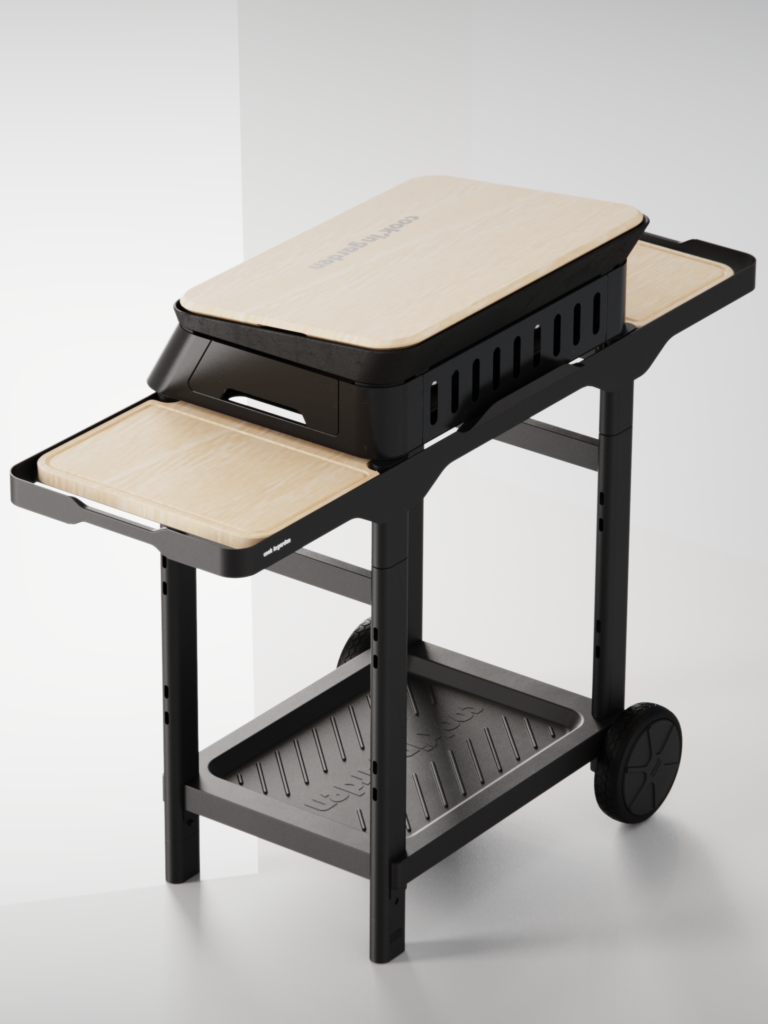
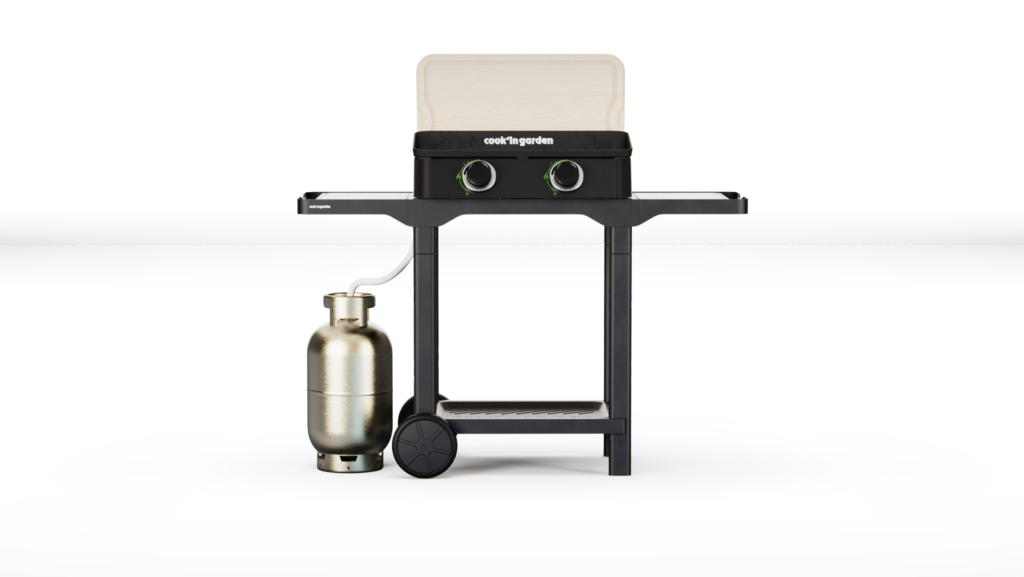
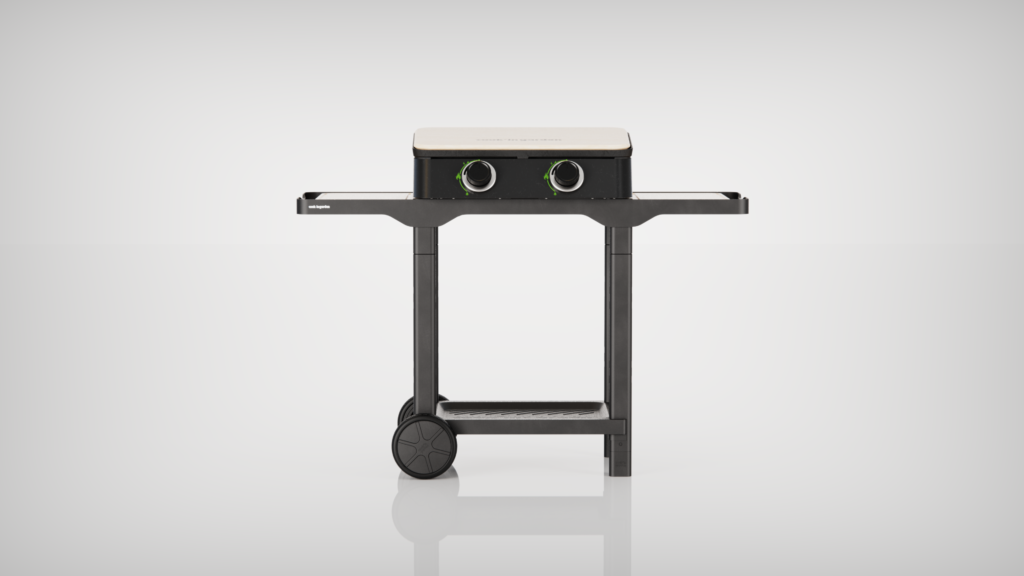
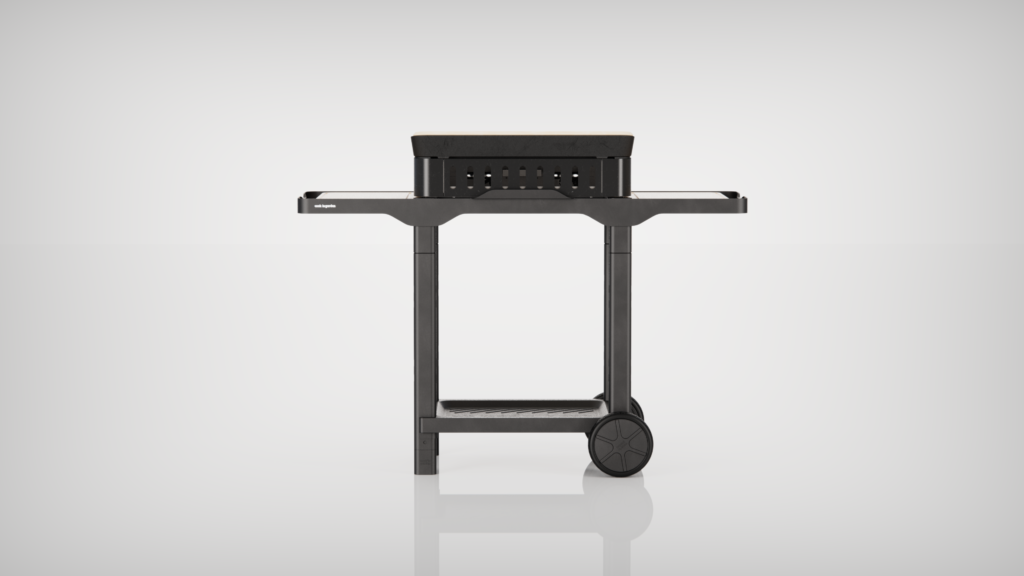
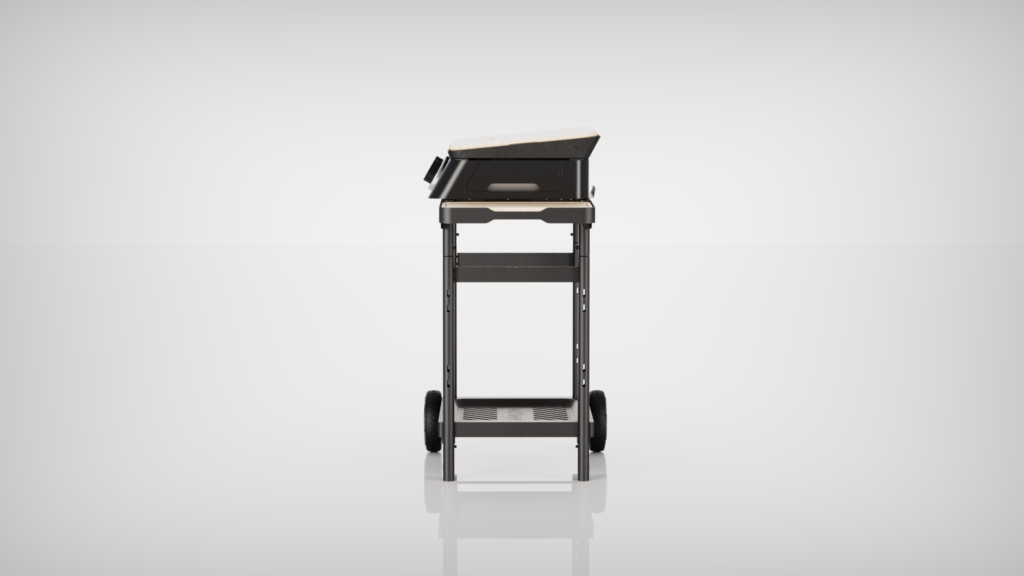

The furniture is easy to assemble, making the packaging as compact as possible.
The range of the plancha start with a very cute and efficient electric one. The others are working with gas.
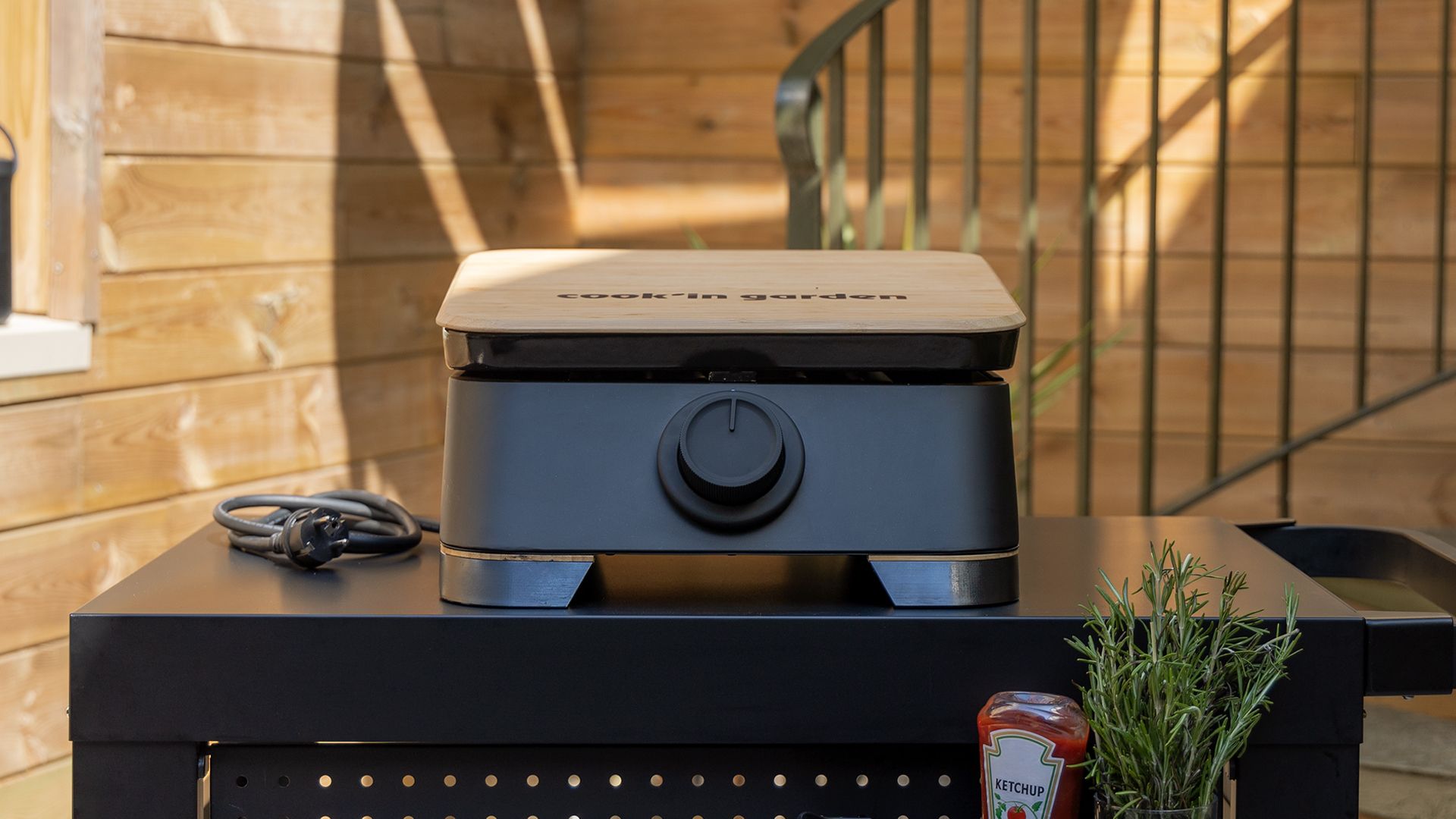

I have been working and this project while I was a designer at Tweener. It was a super excited project and our client have many project with tweener, go check their work here.
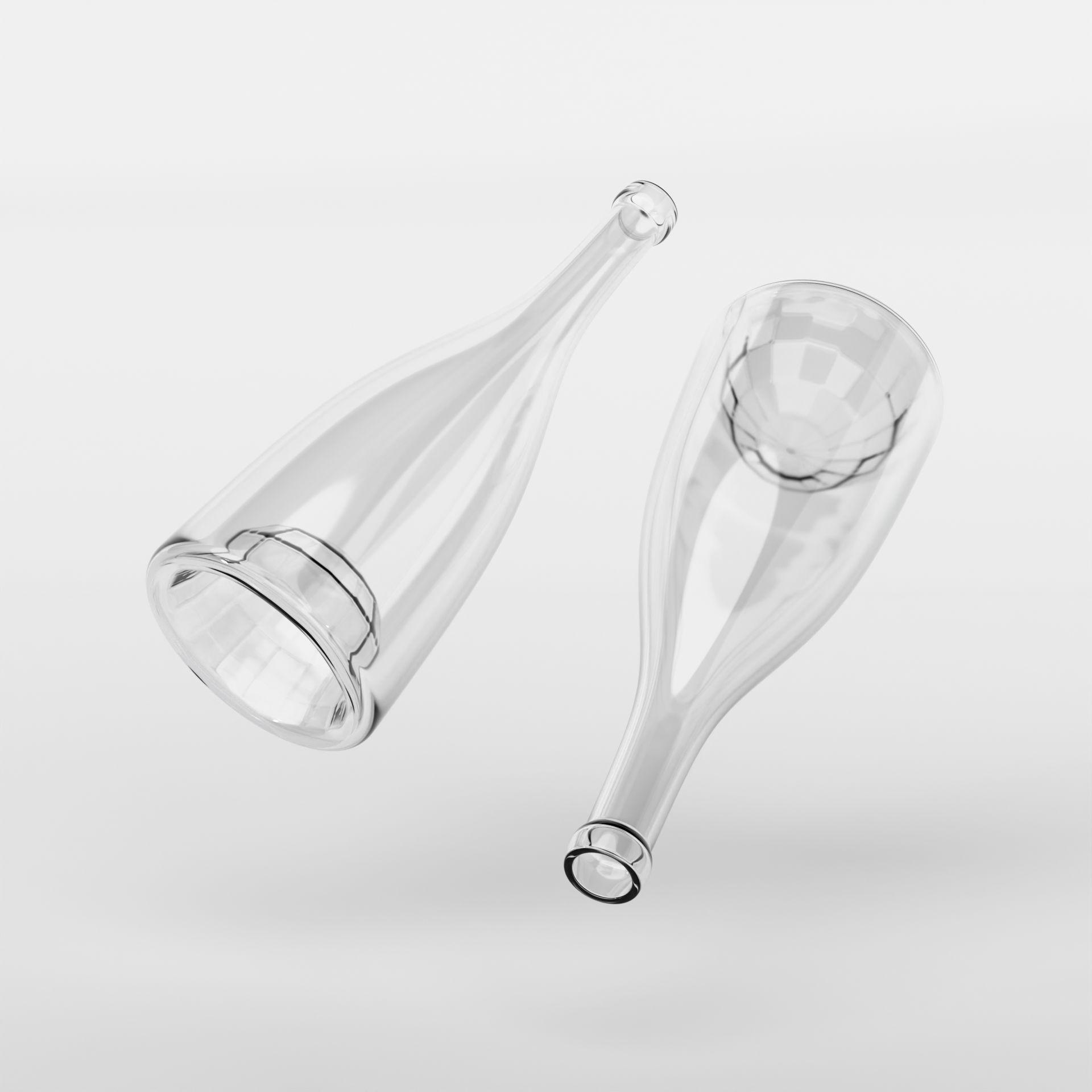
2015 was a year of triumph for my design concept, Stay Alight, when it was honored with the prestigious Verallia award. This project was born from the simple yet captivating idea of harnessing the reflective properties of water and glass to create an enchanting lighting effect.
Imagine yourself nestled in a Parisian café, sharing a quiet moment with a loved one. As the sun begins its descent, casting long shadows across the cobblestone streets, a subtle transformation takes place. The ordinary water bottle on your table, bathed in the warm glow of the setting sun, begins to emit a soft, ethereal light. The once familiar object becomes a beacon of elegance, enhancing the ambiance of your intimate dining experience.
This is the essence of Stay Alight – a design that seamlessly integrates form and function, switching the everyday into extraordinary. By capitalizing on the inherent qualities of water and glass, this concept reimagines the humble water bottle as a captivating lighting fixture, adding a touch of magic to any setting.




